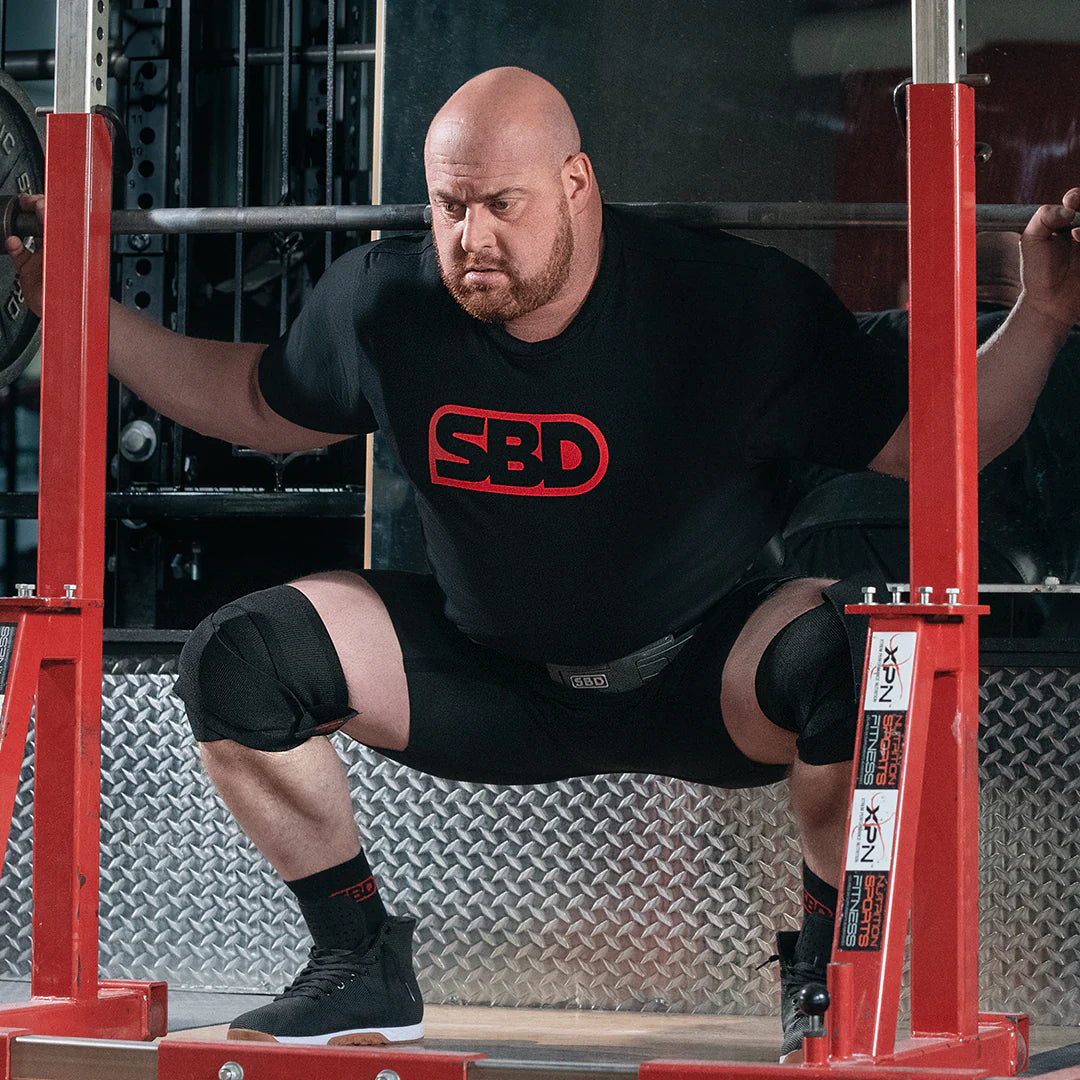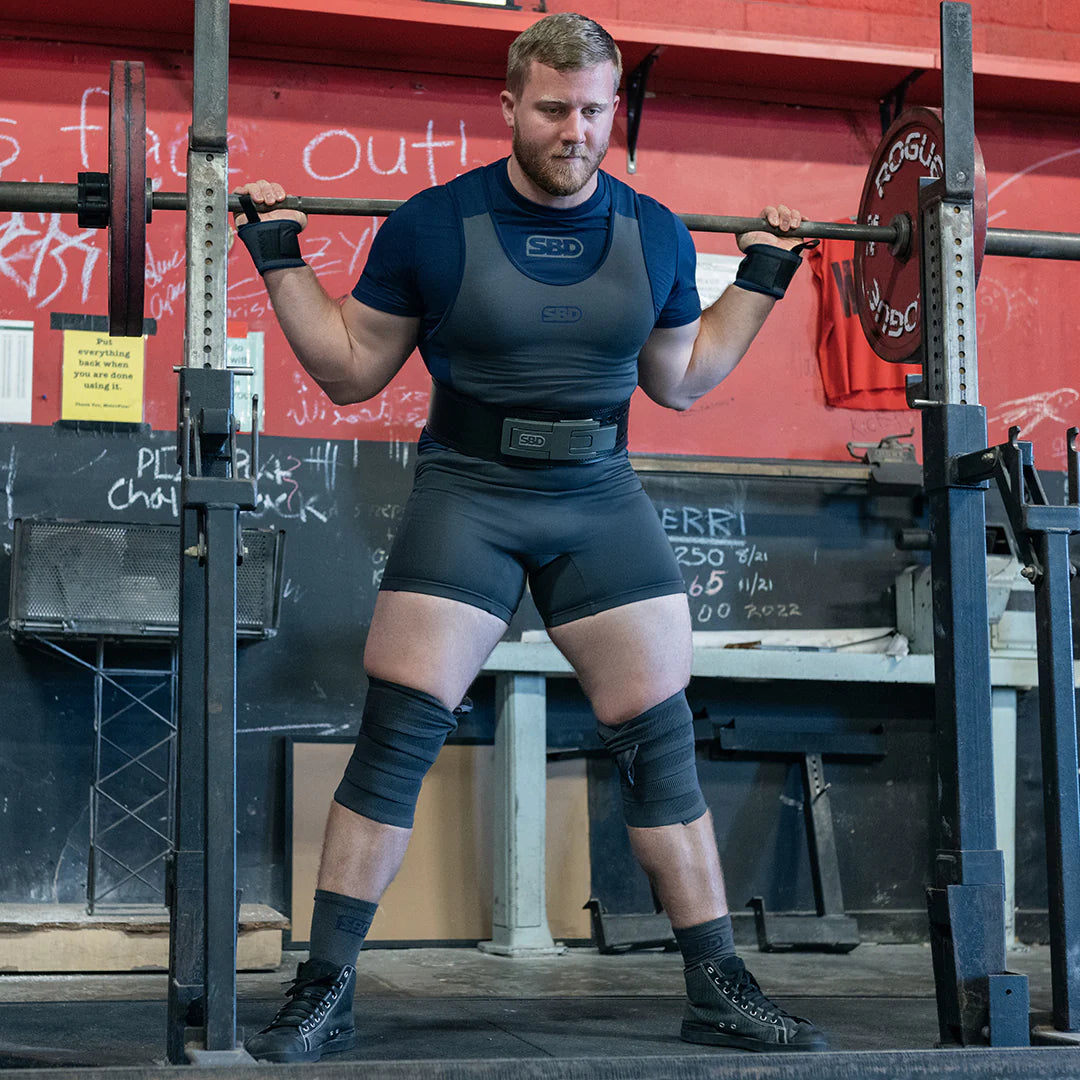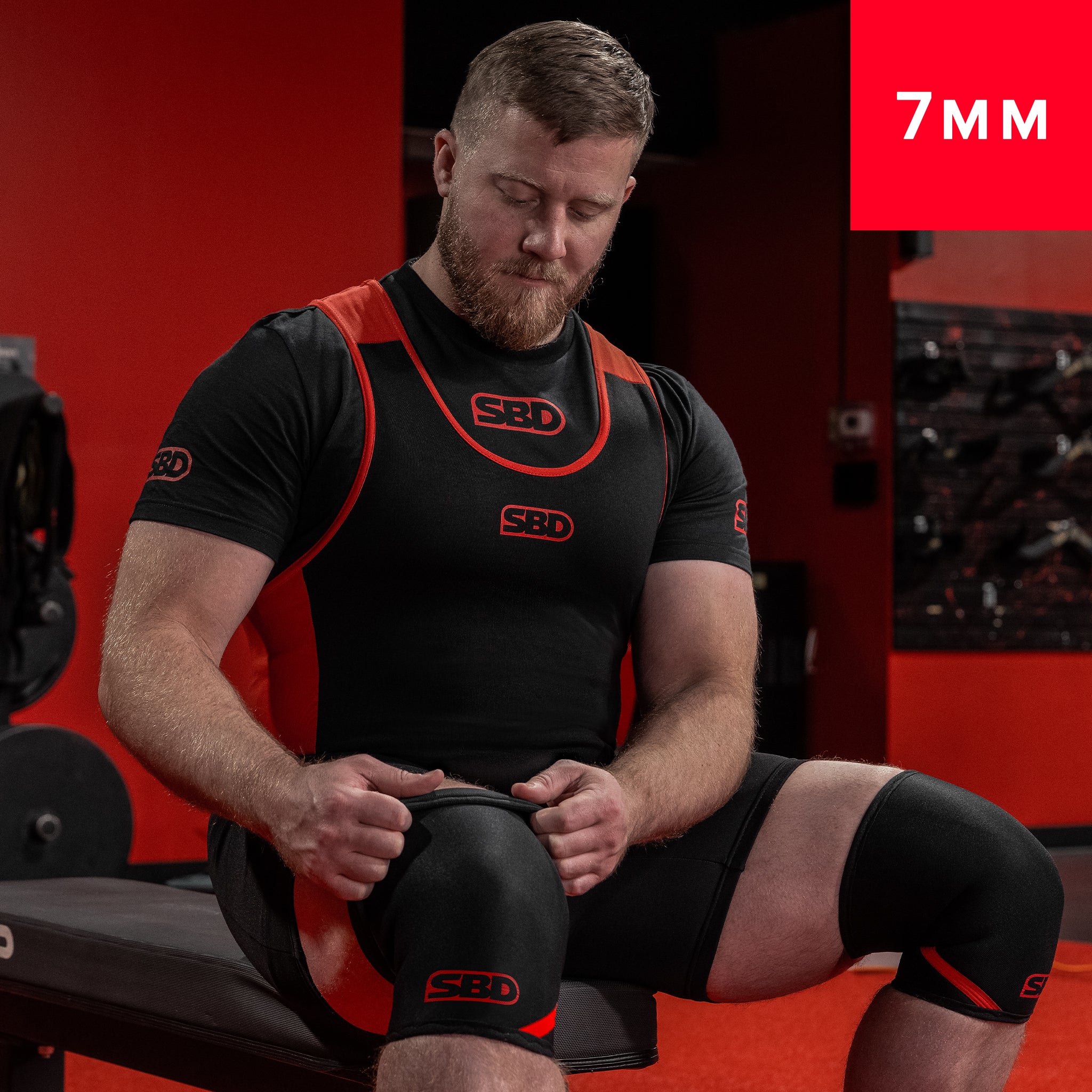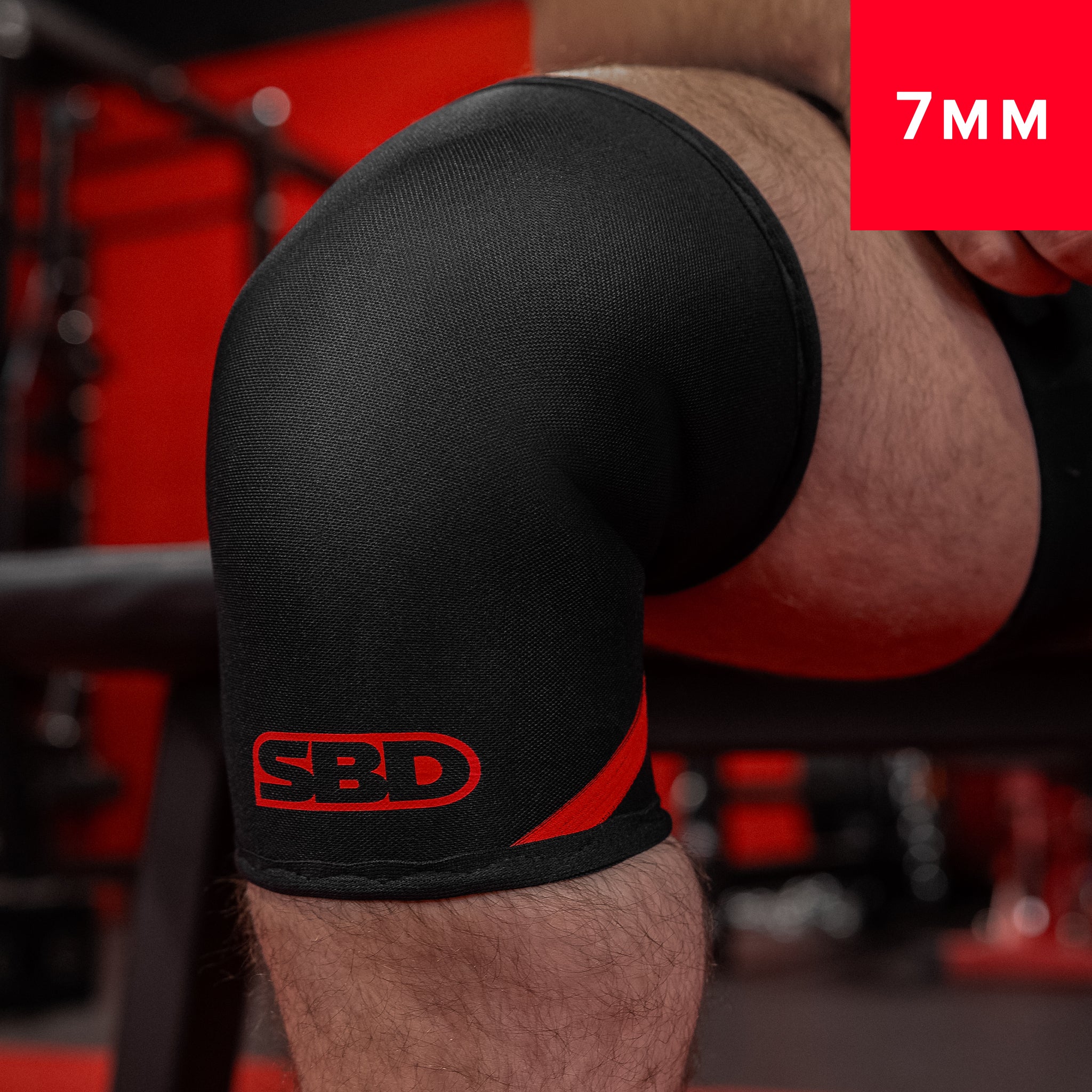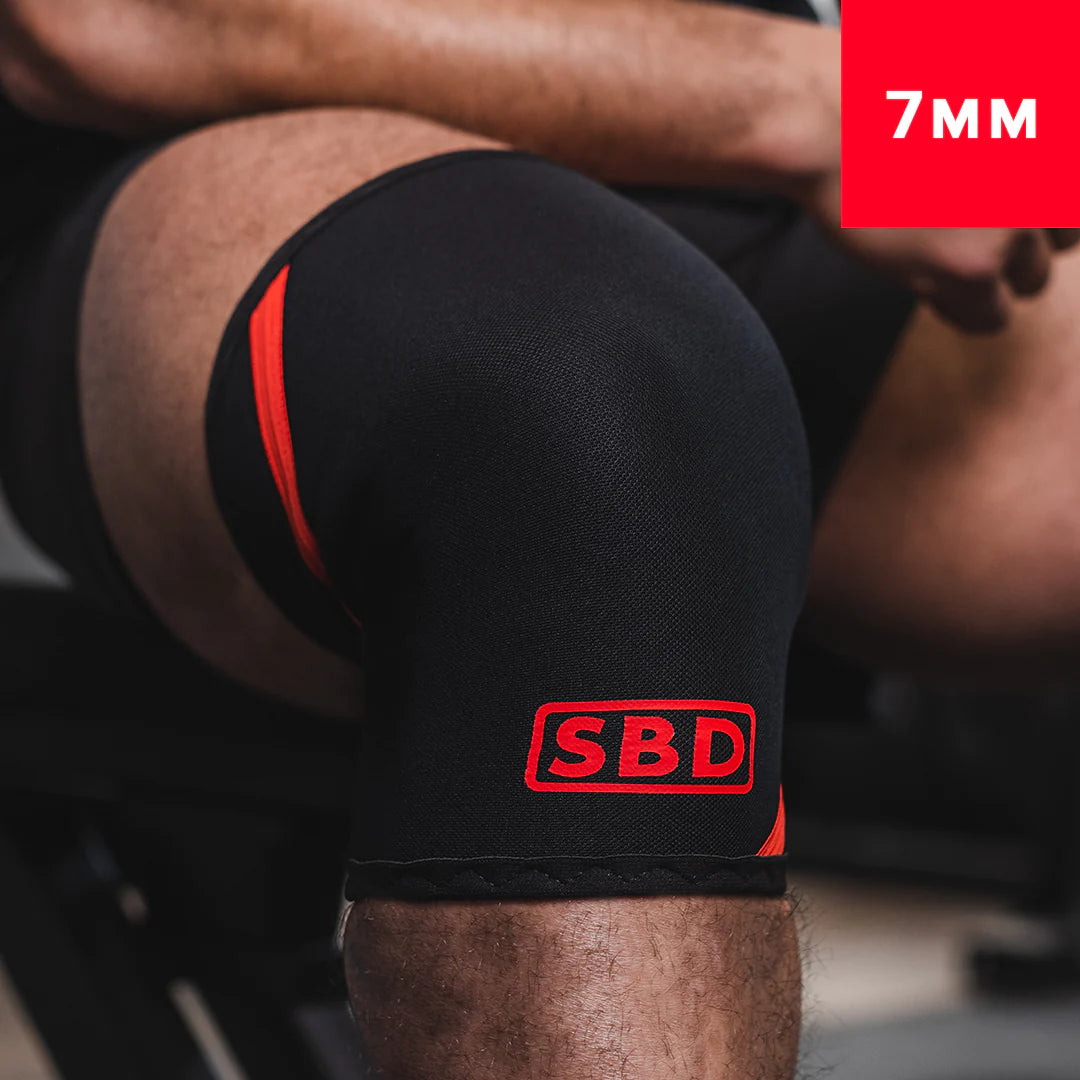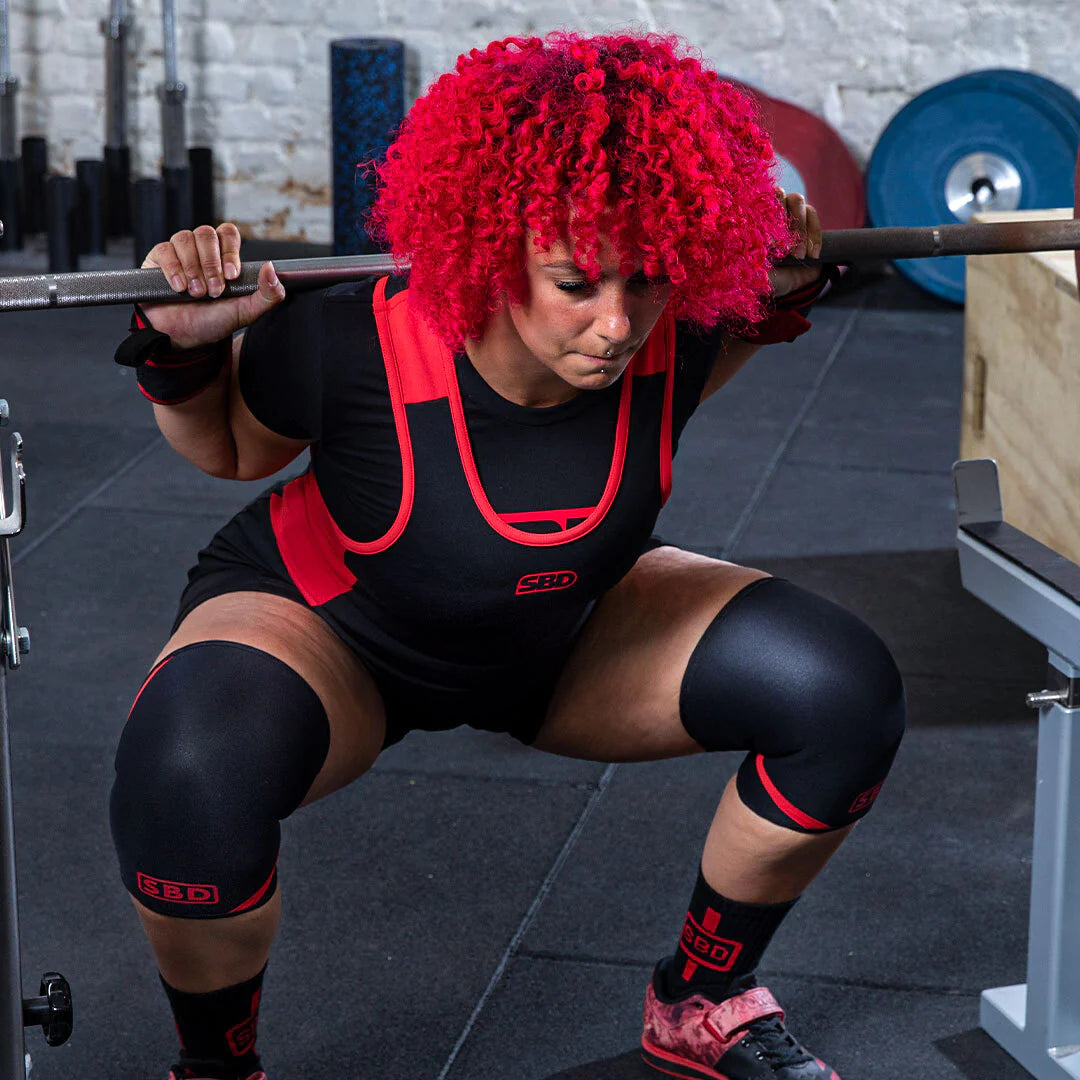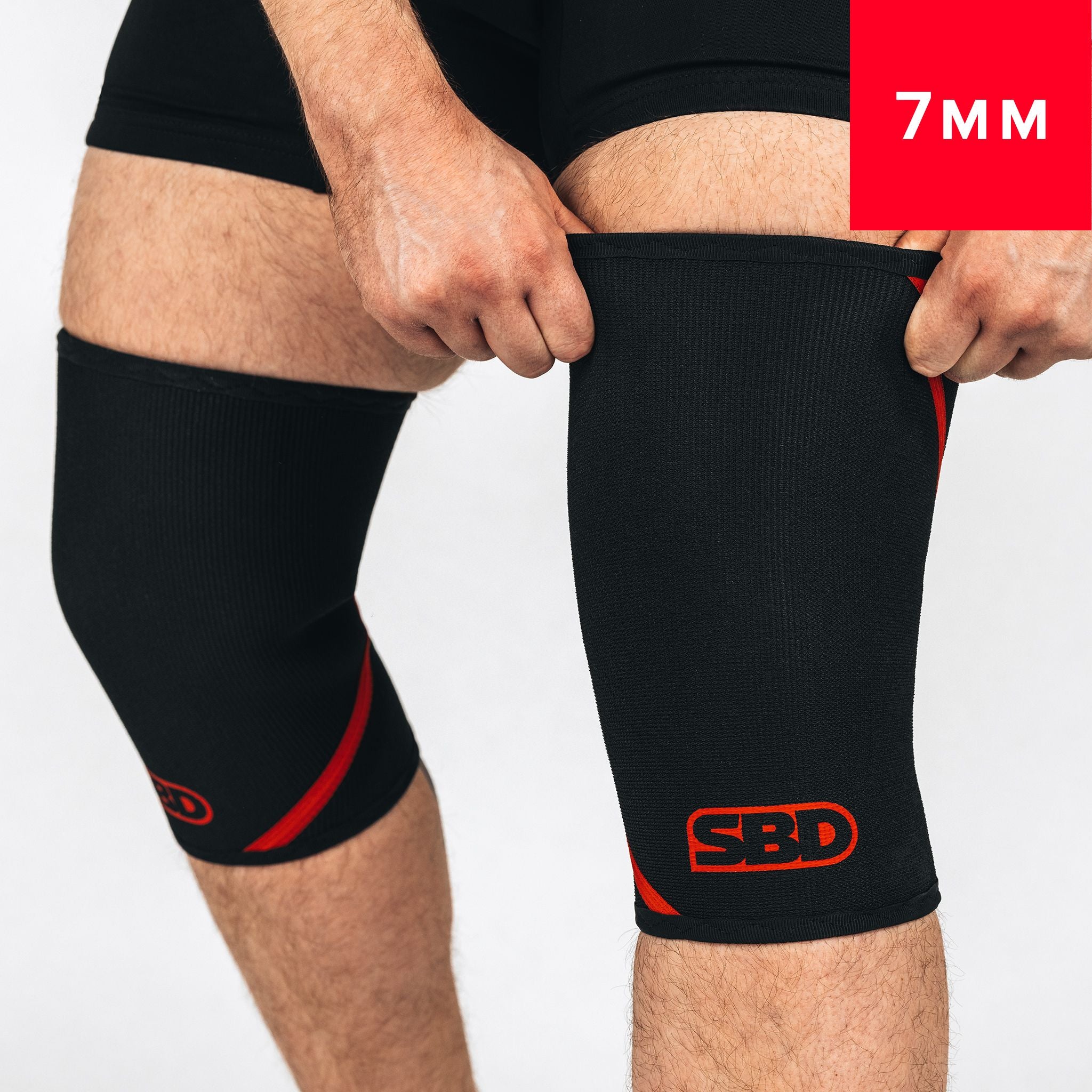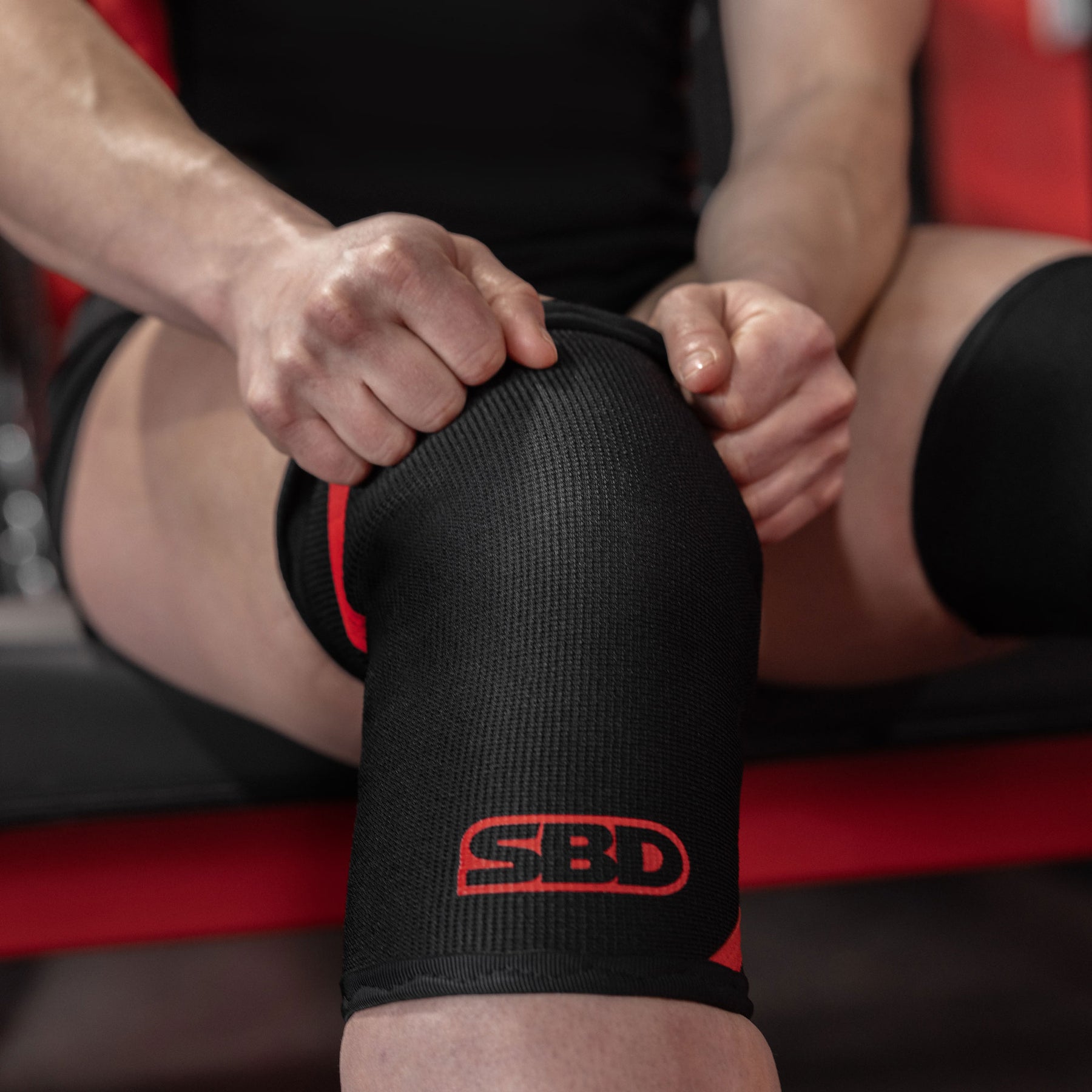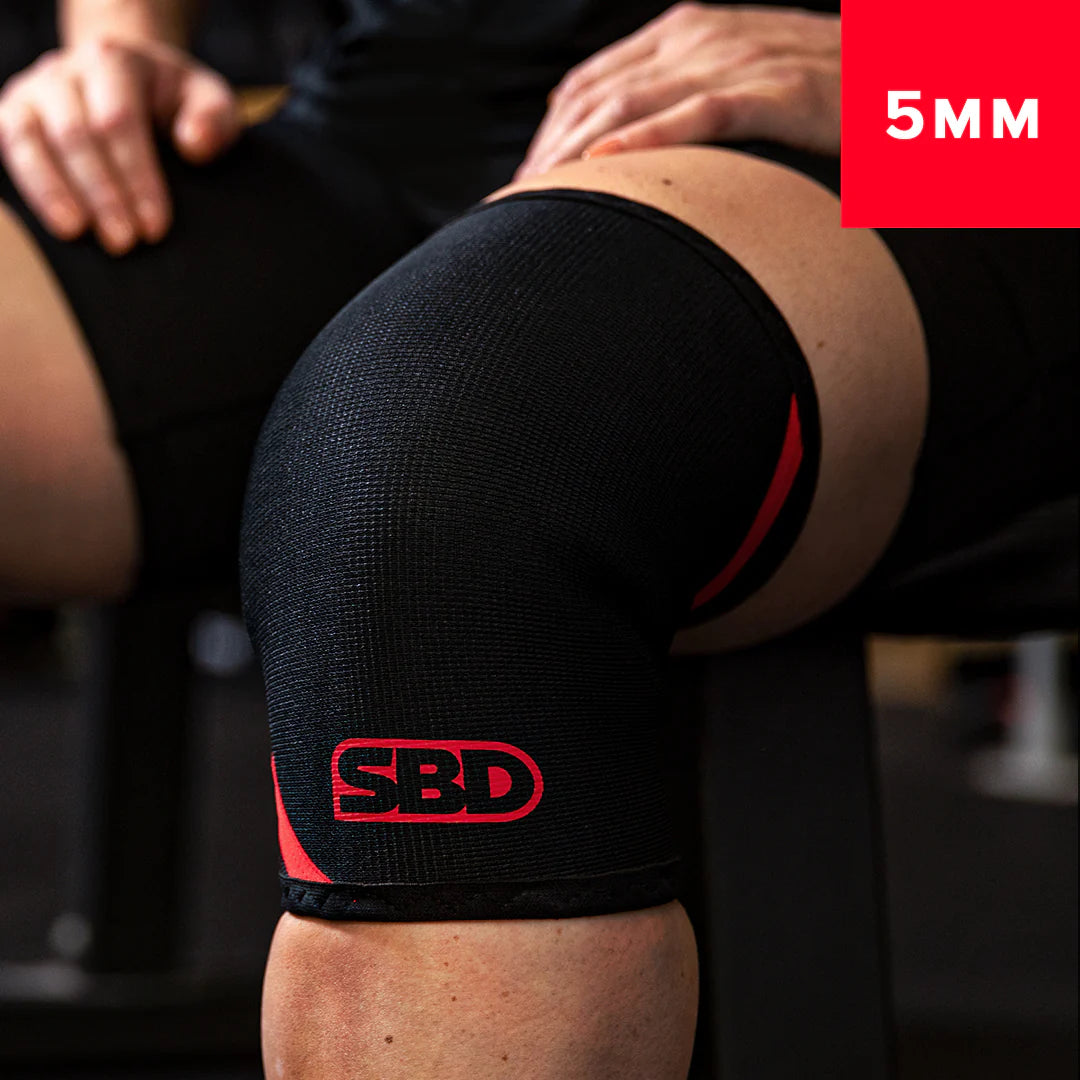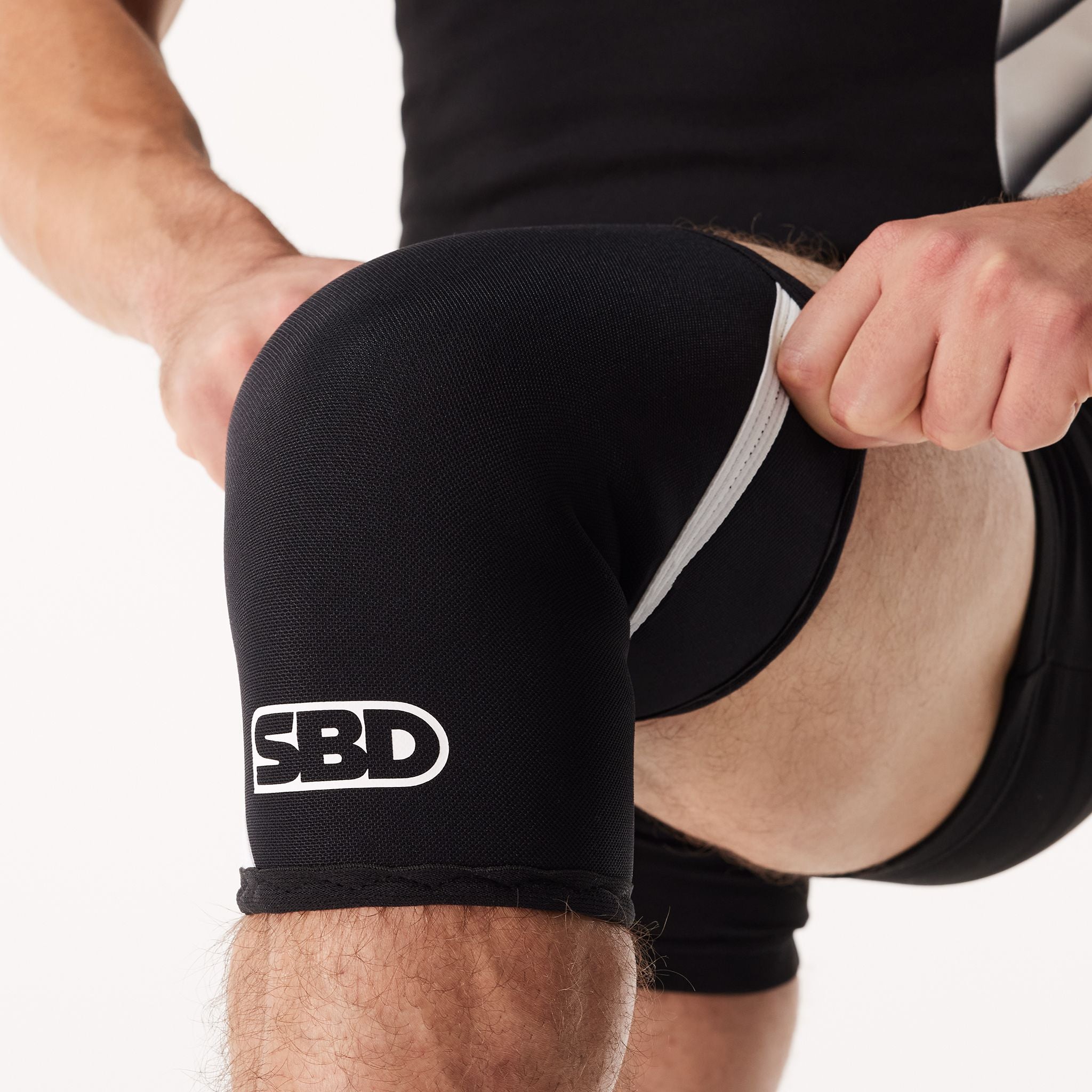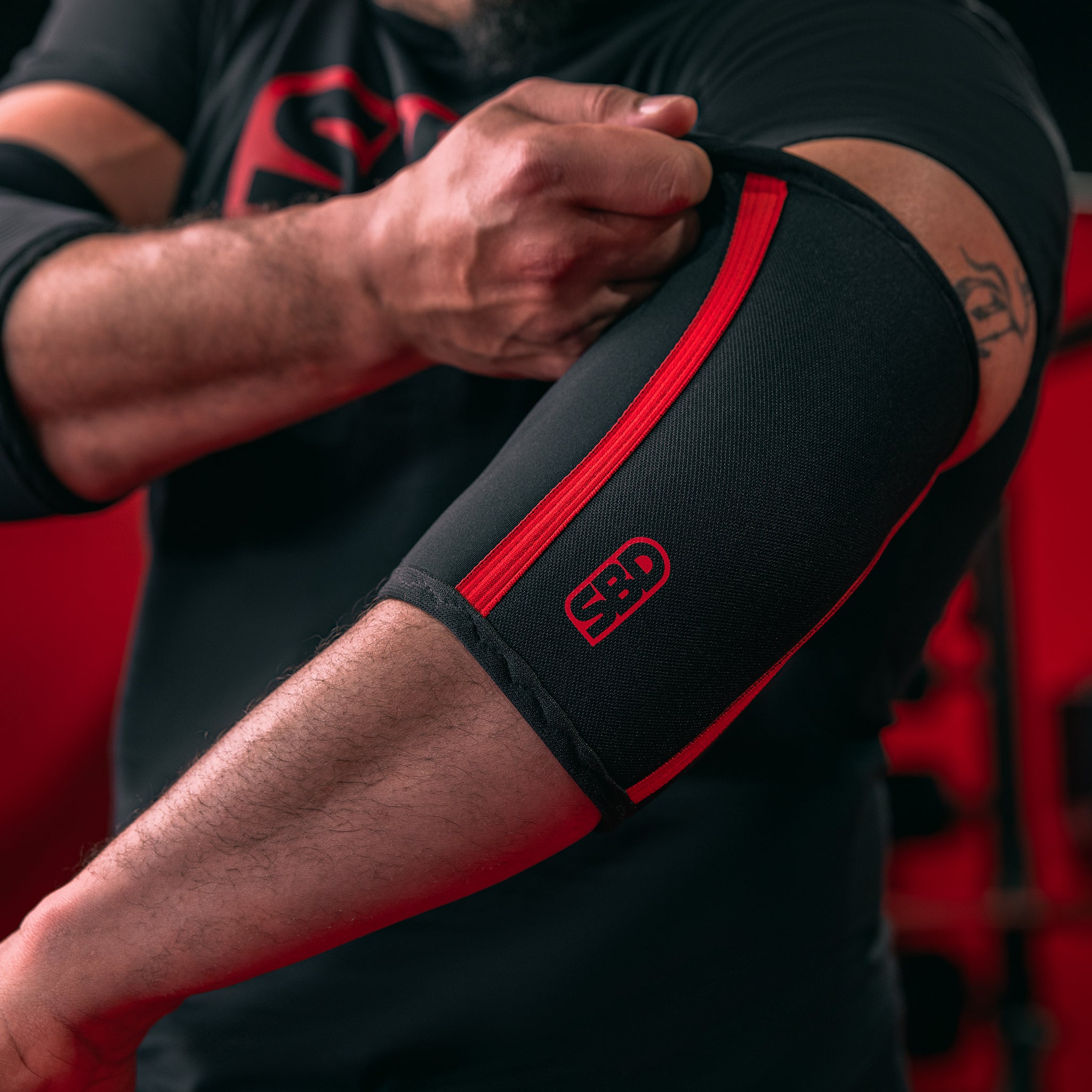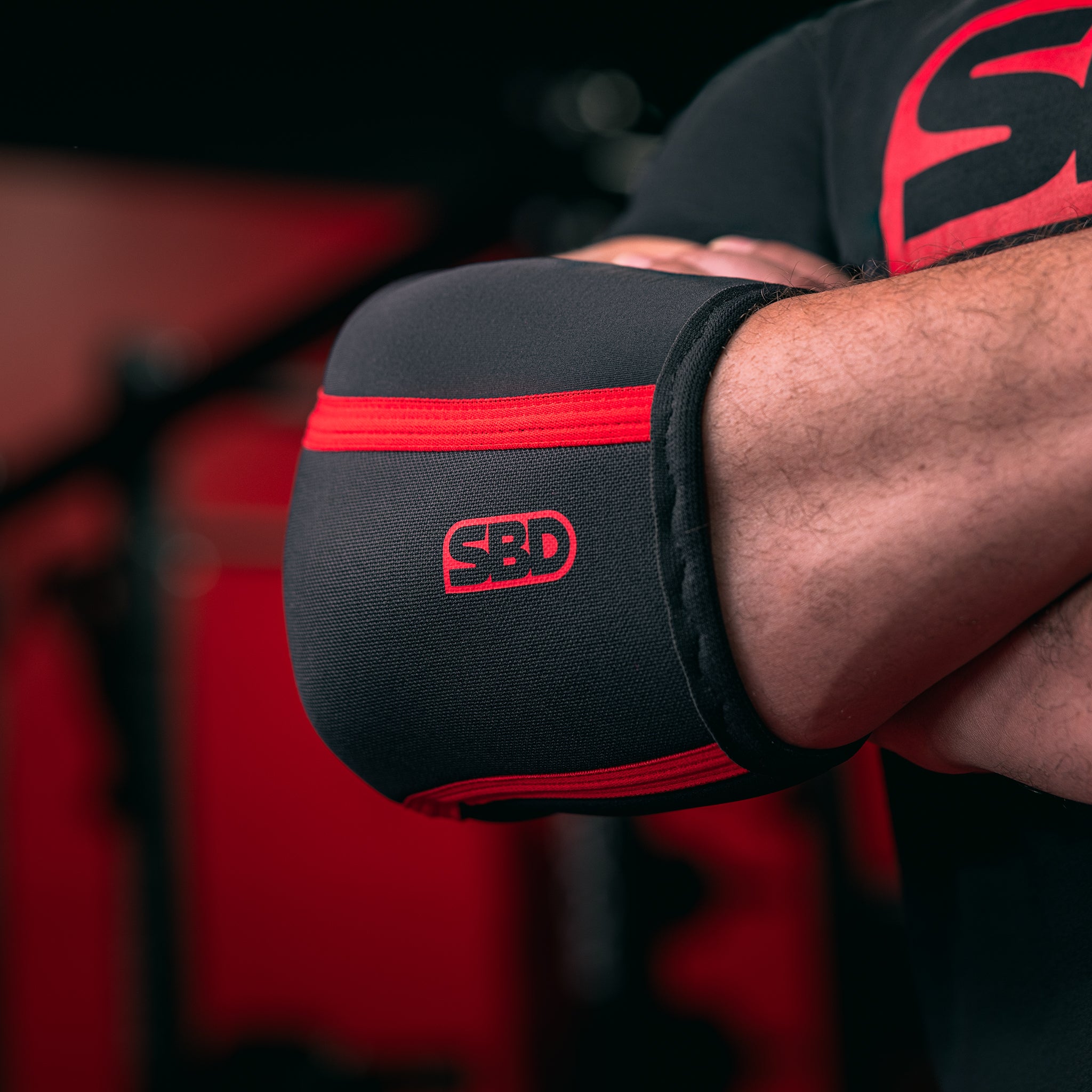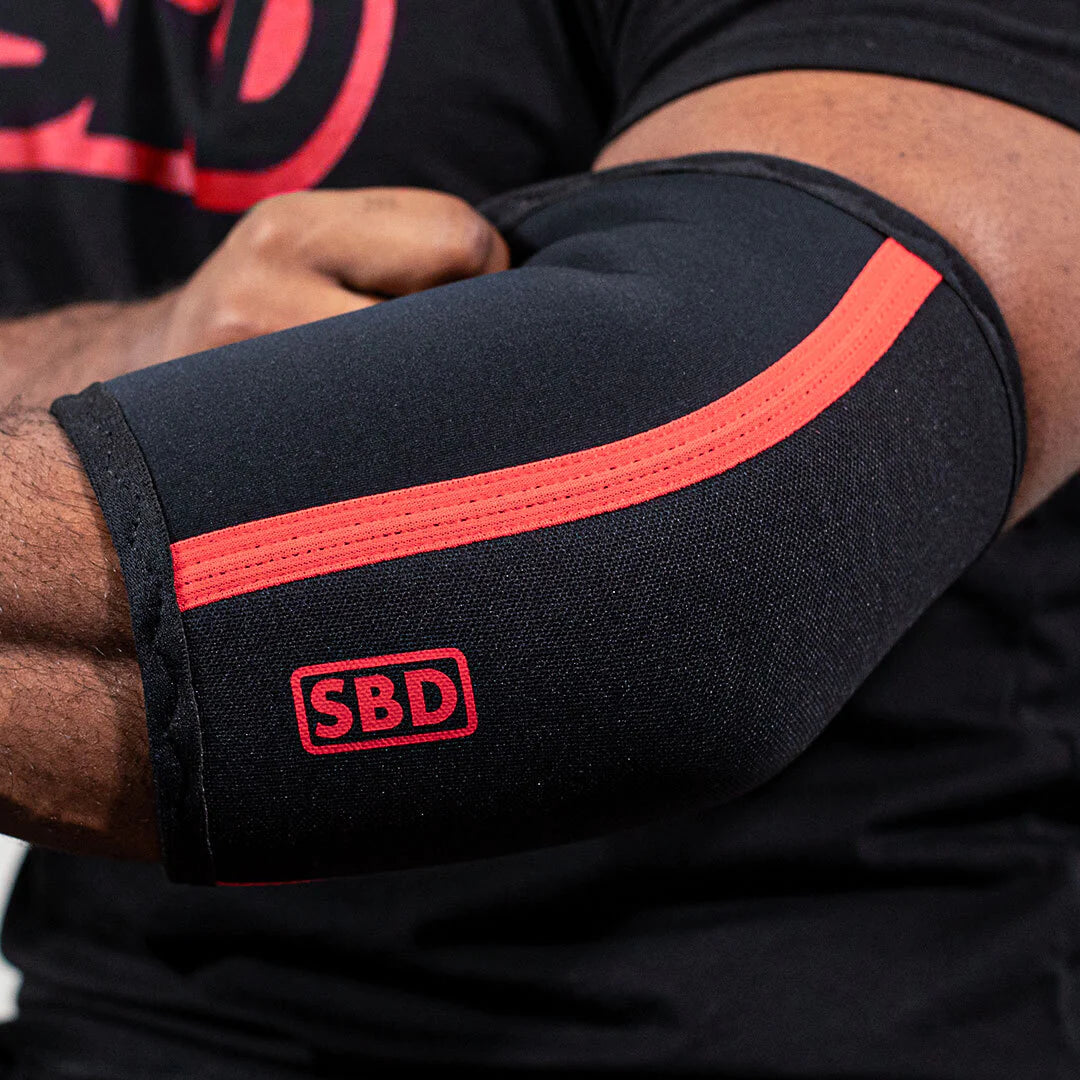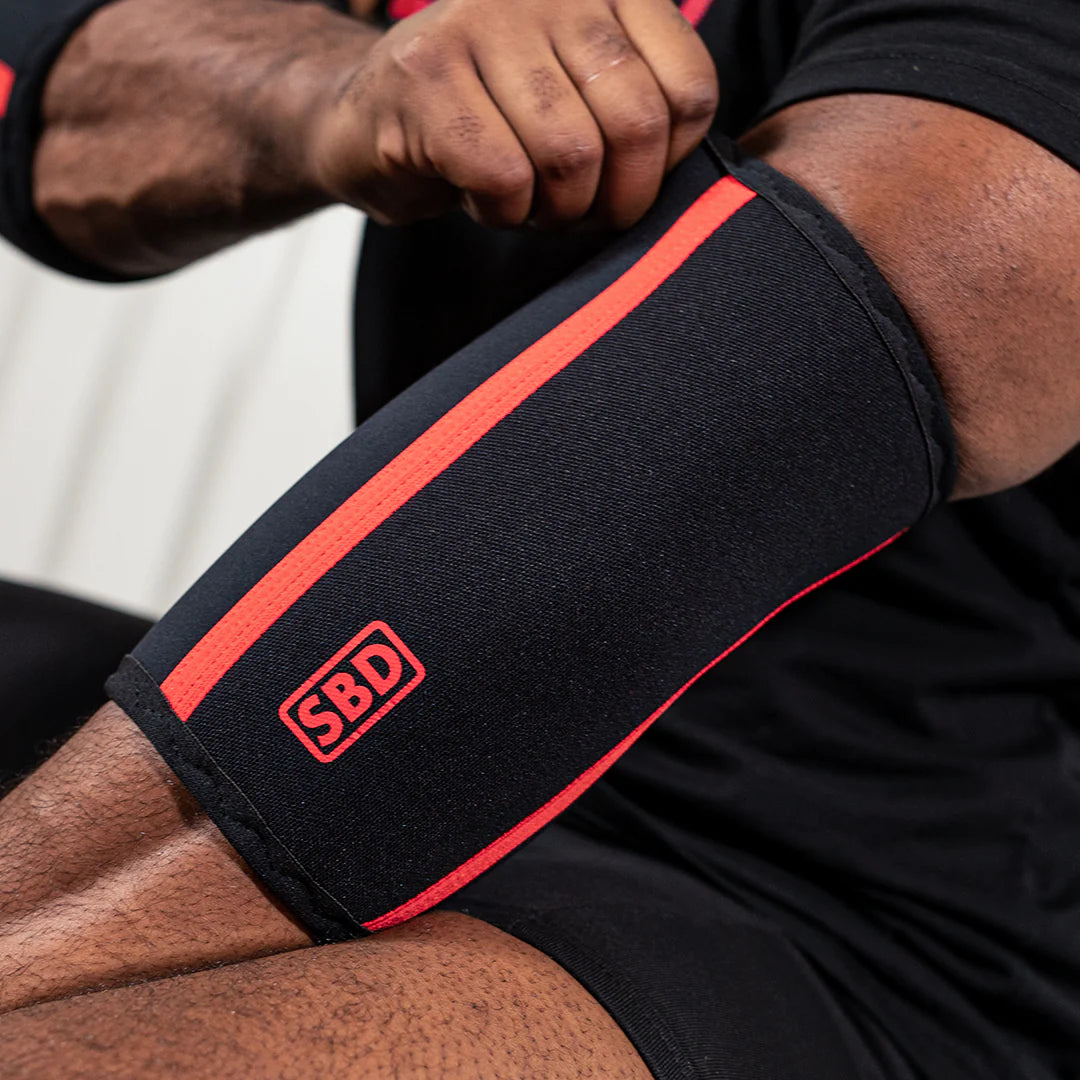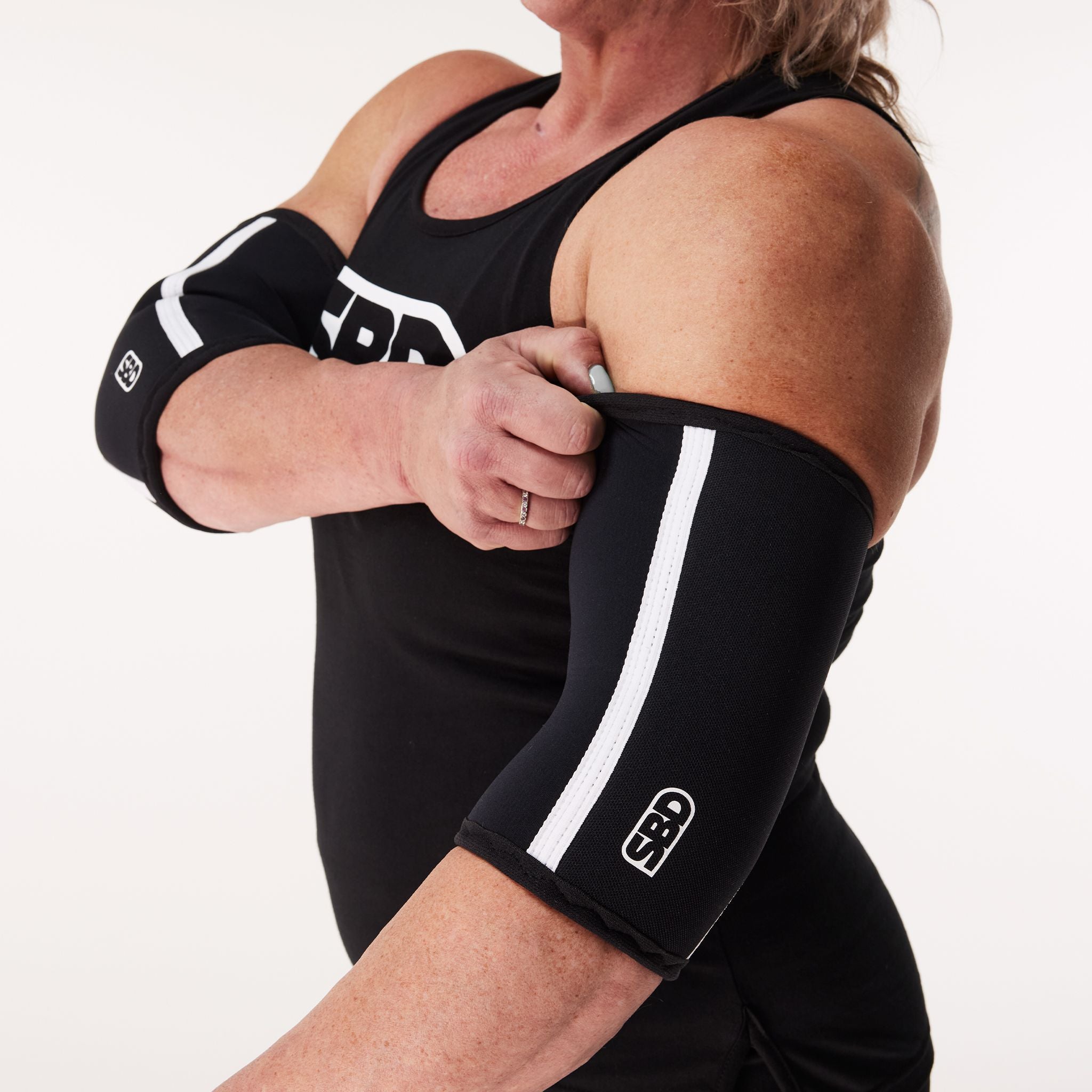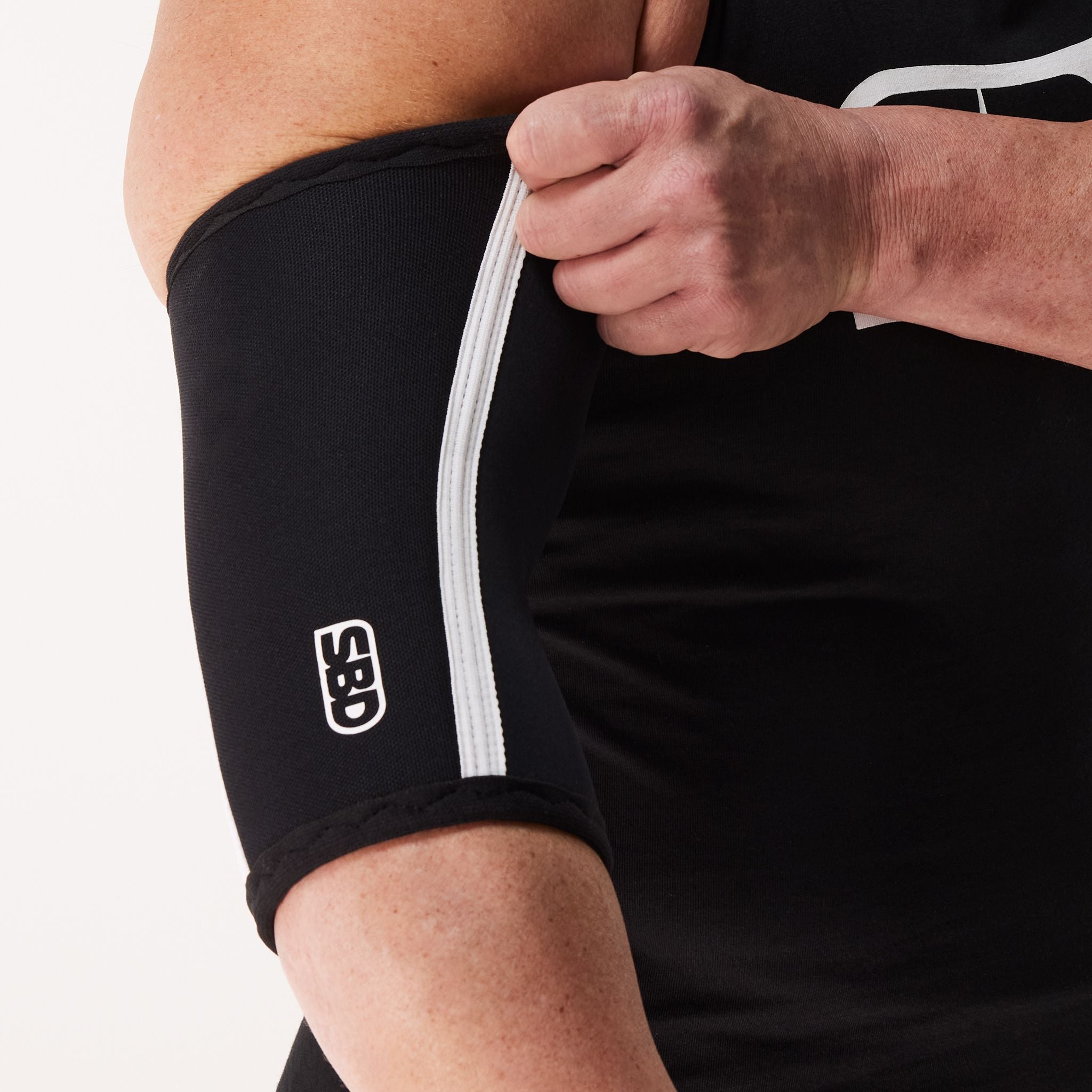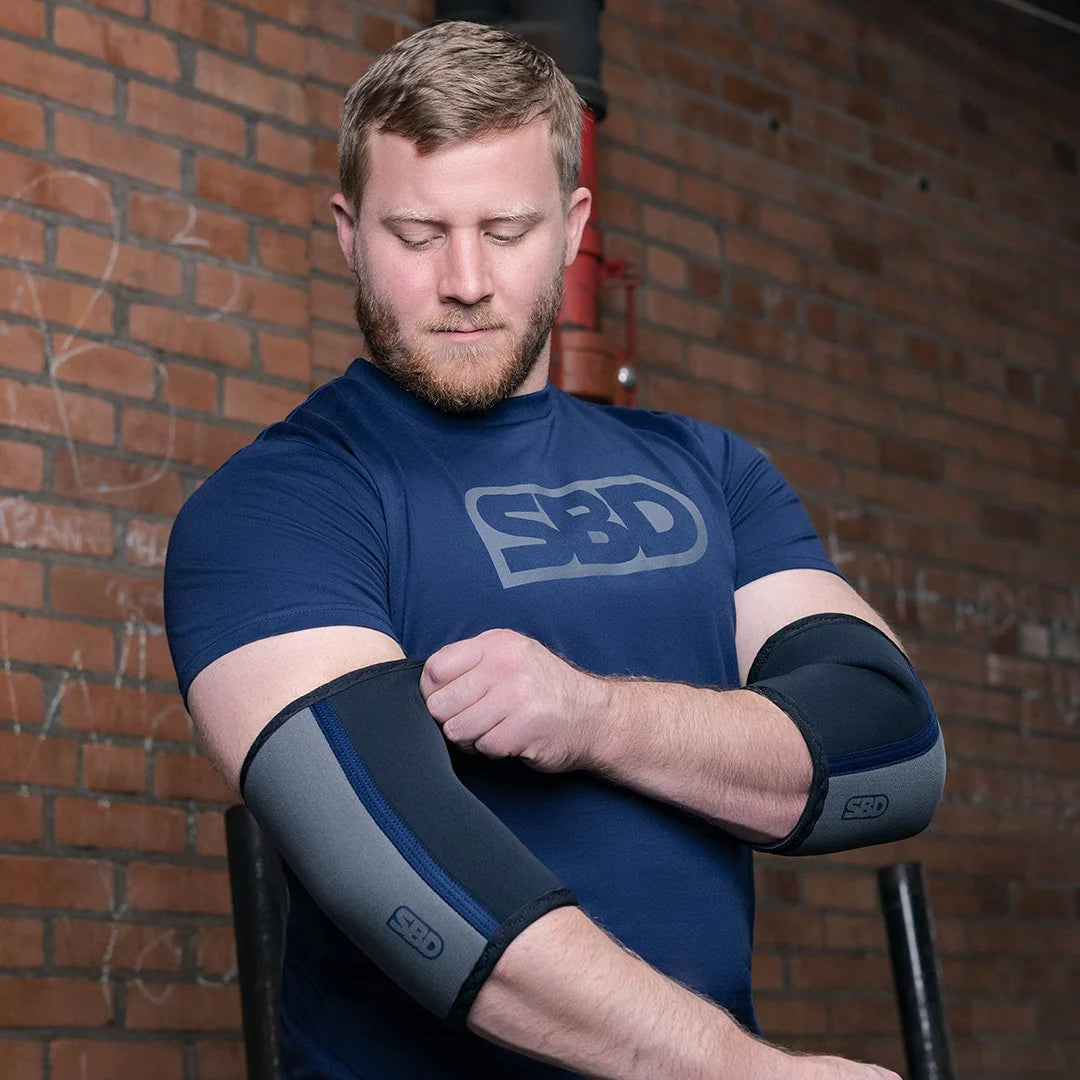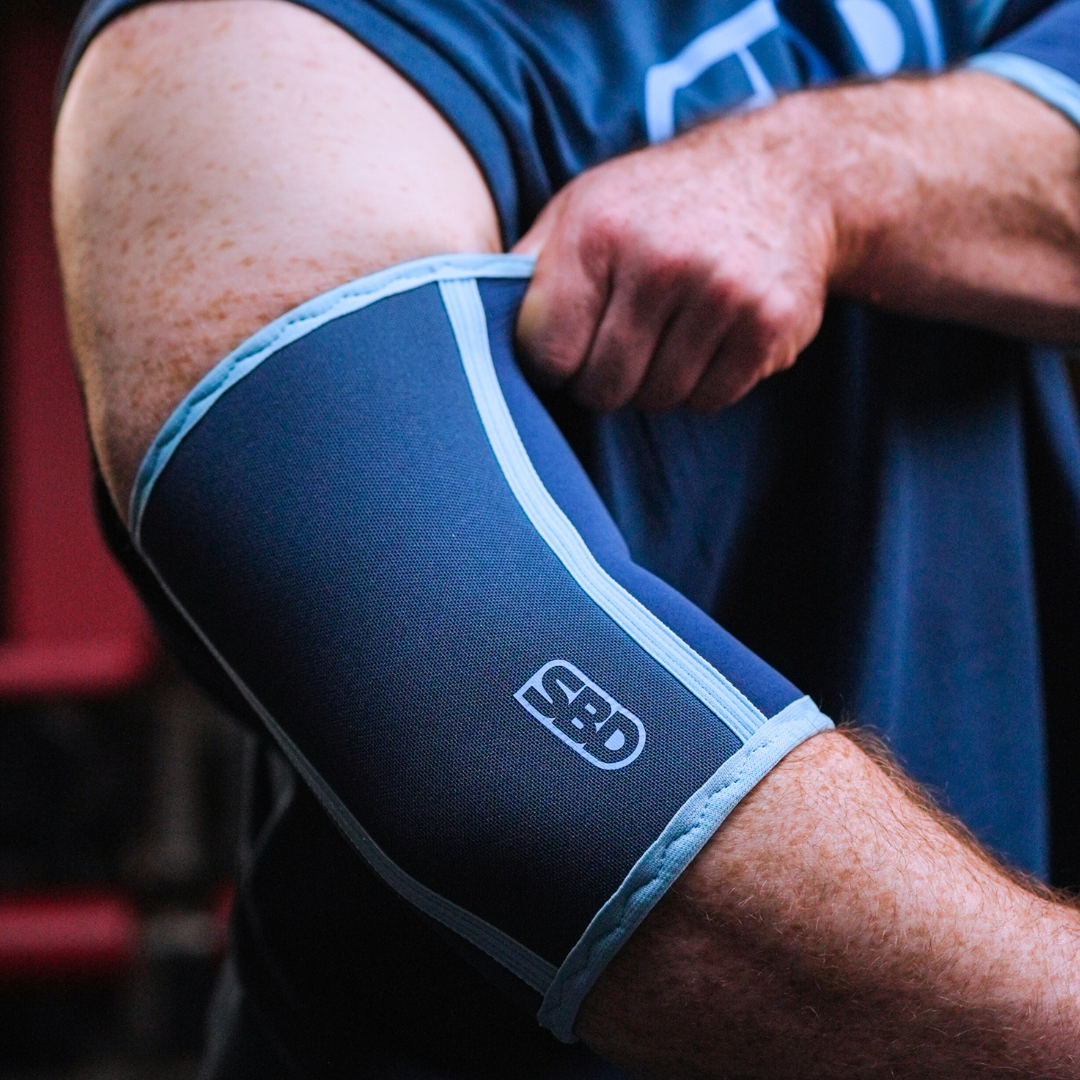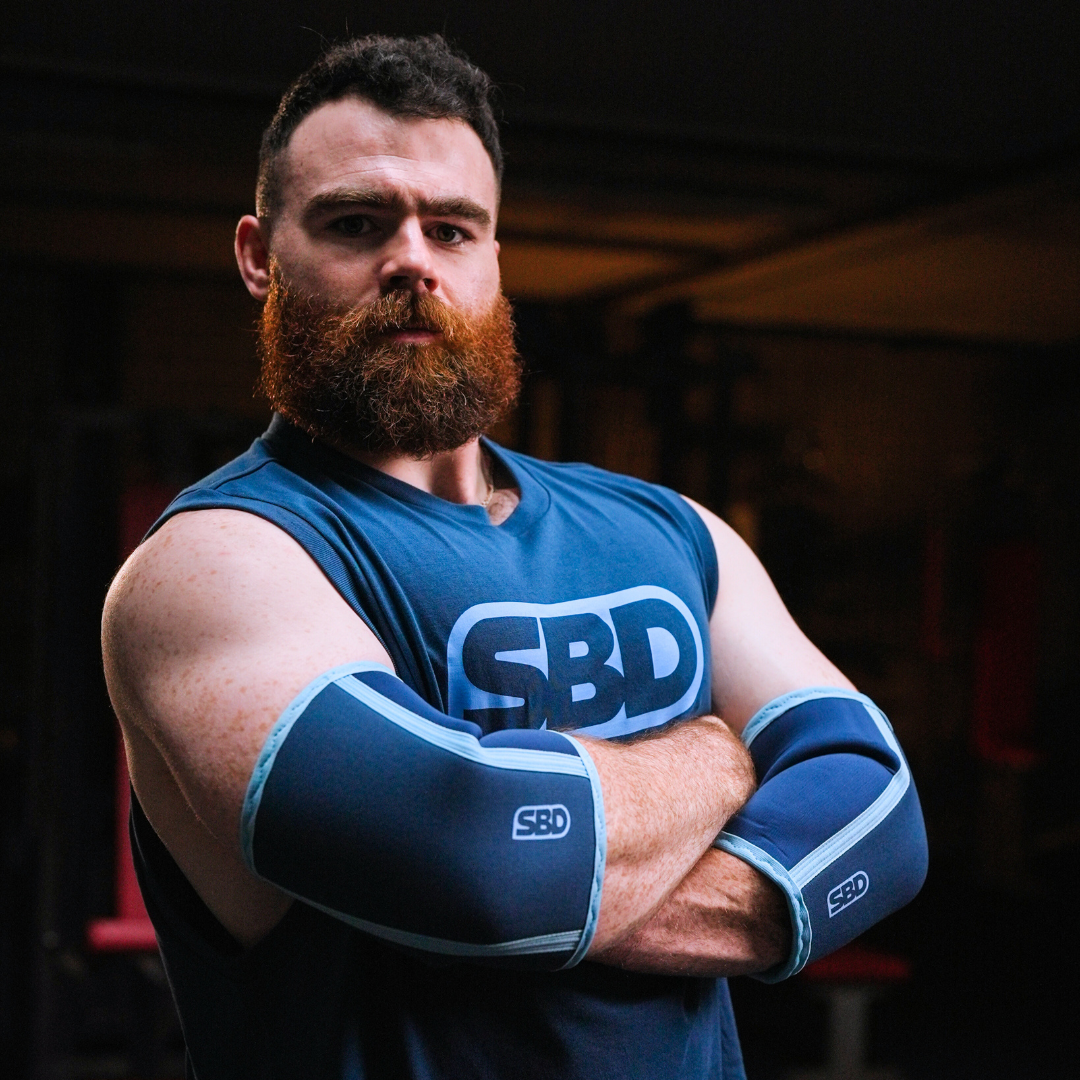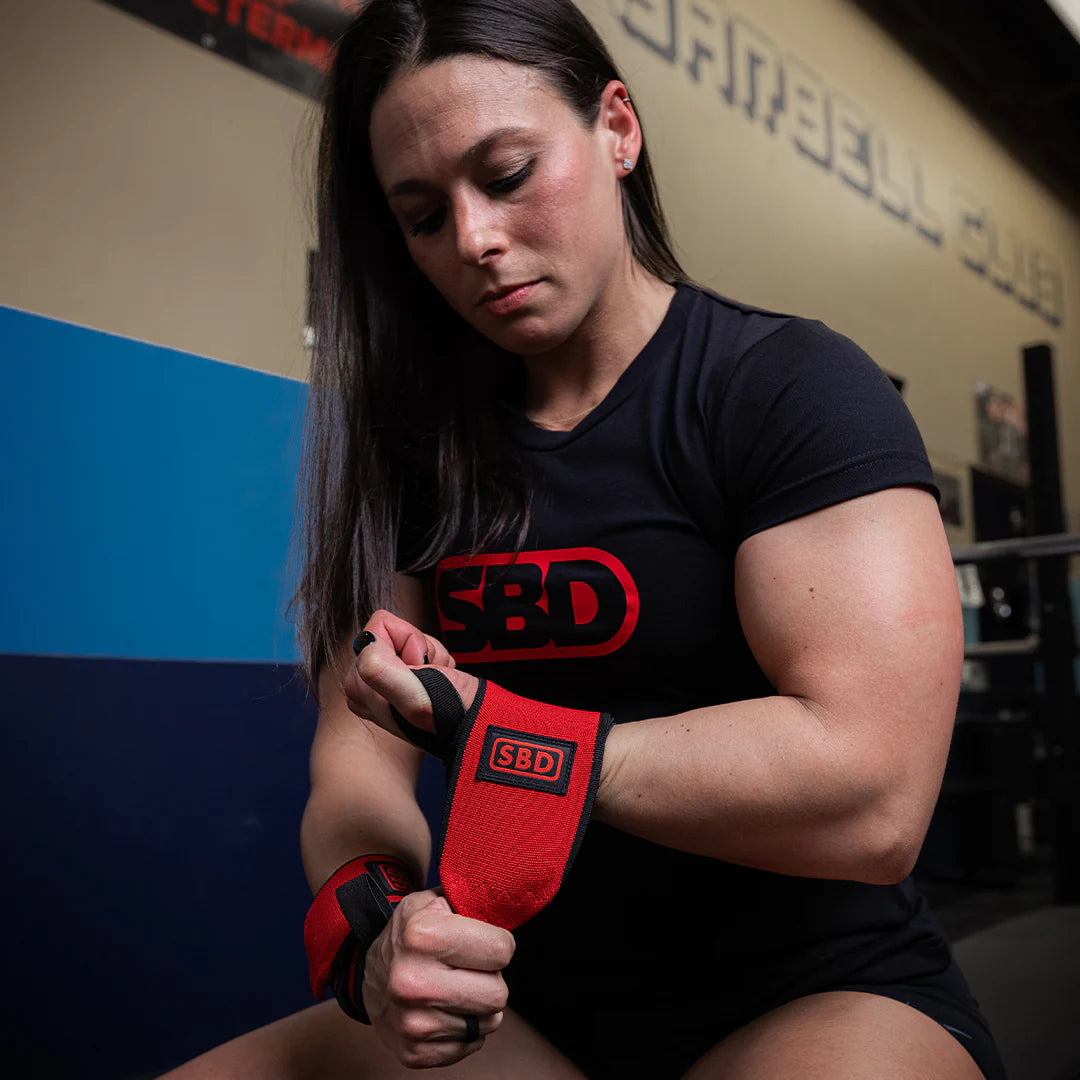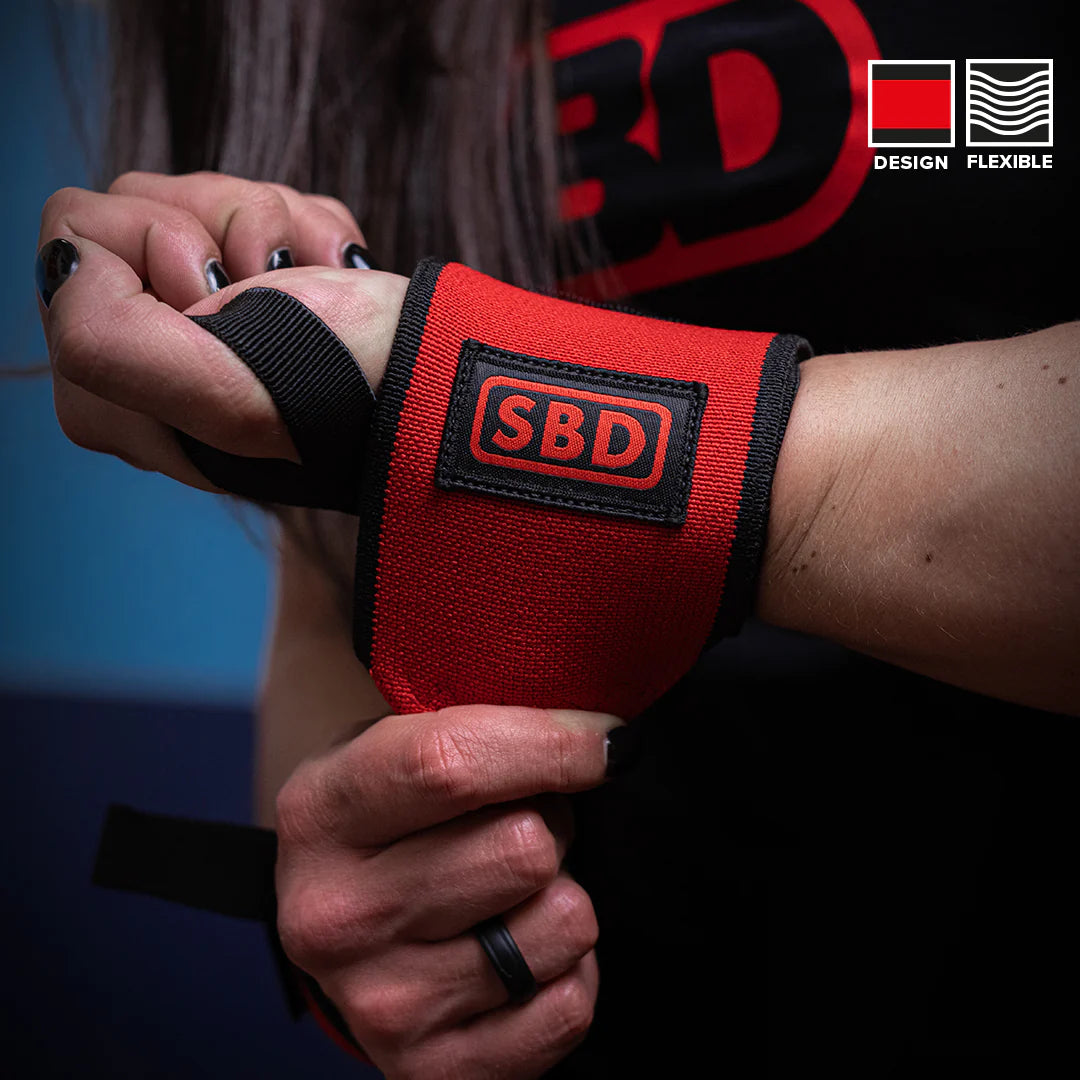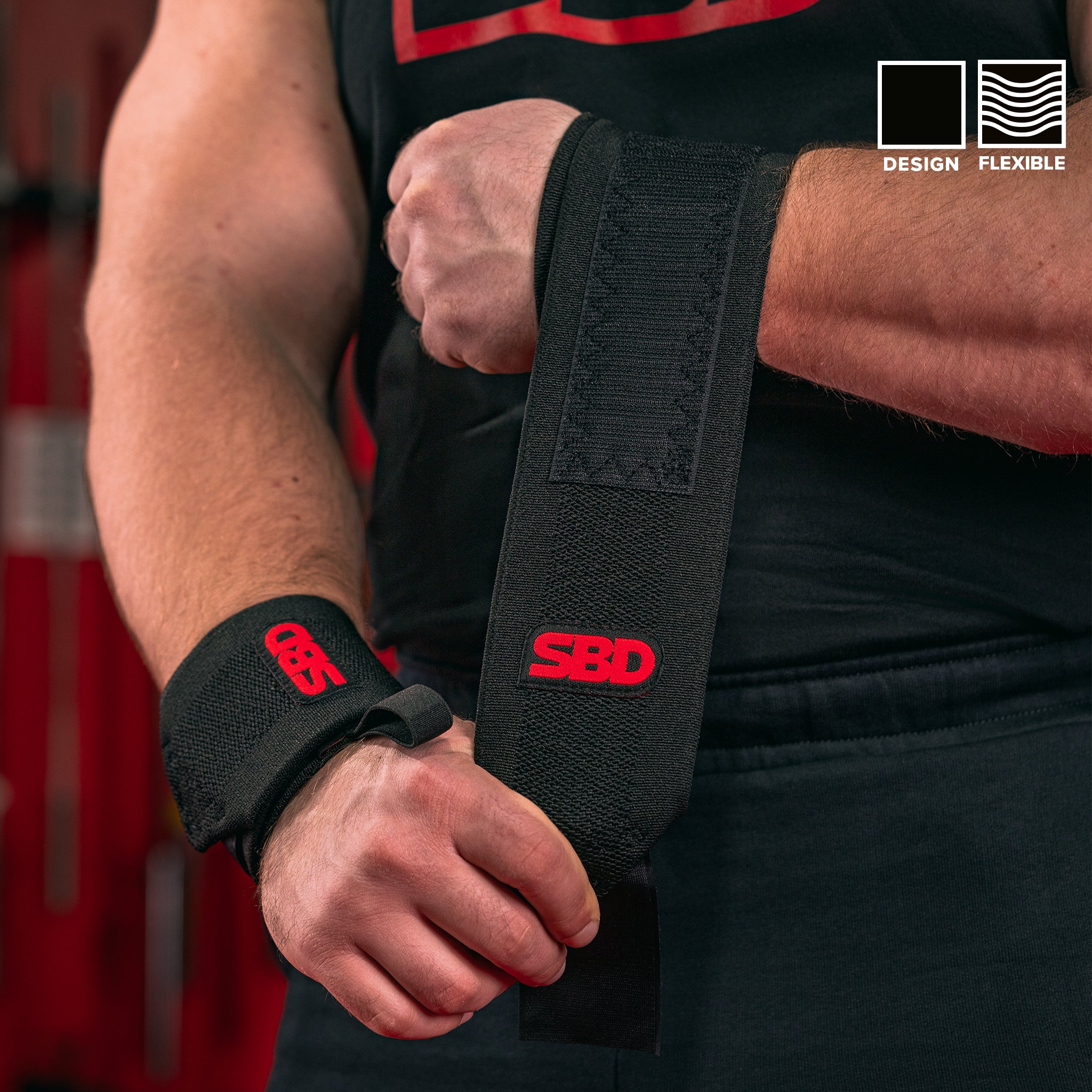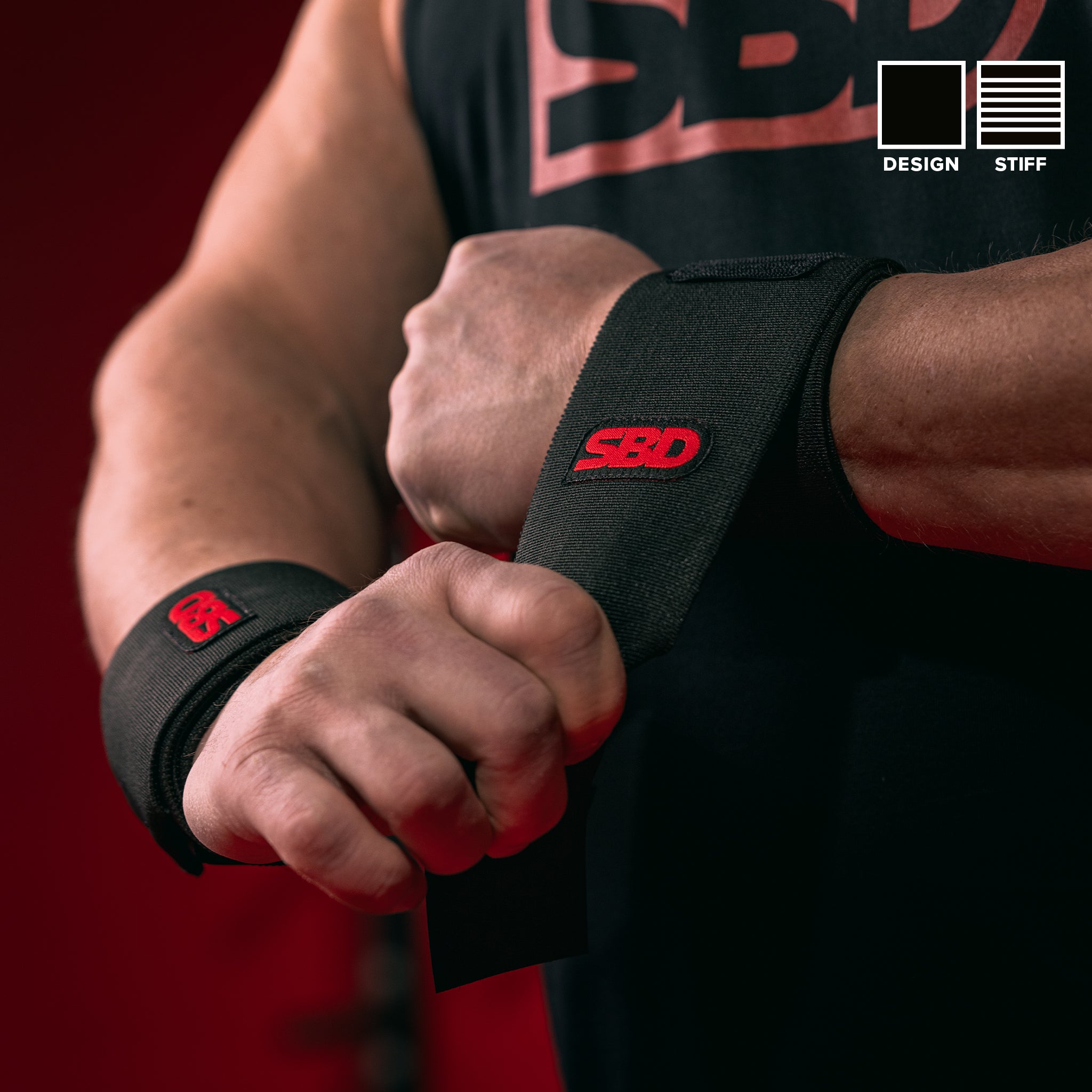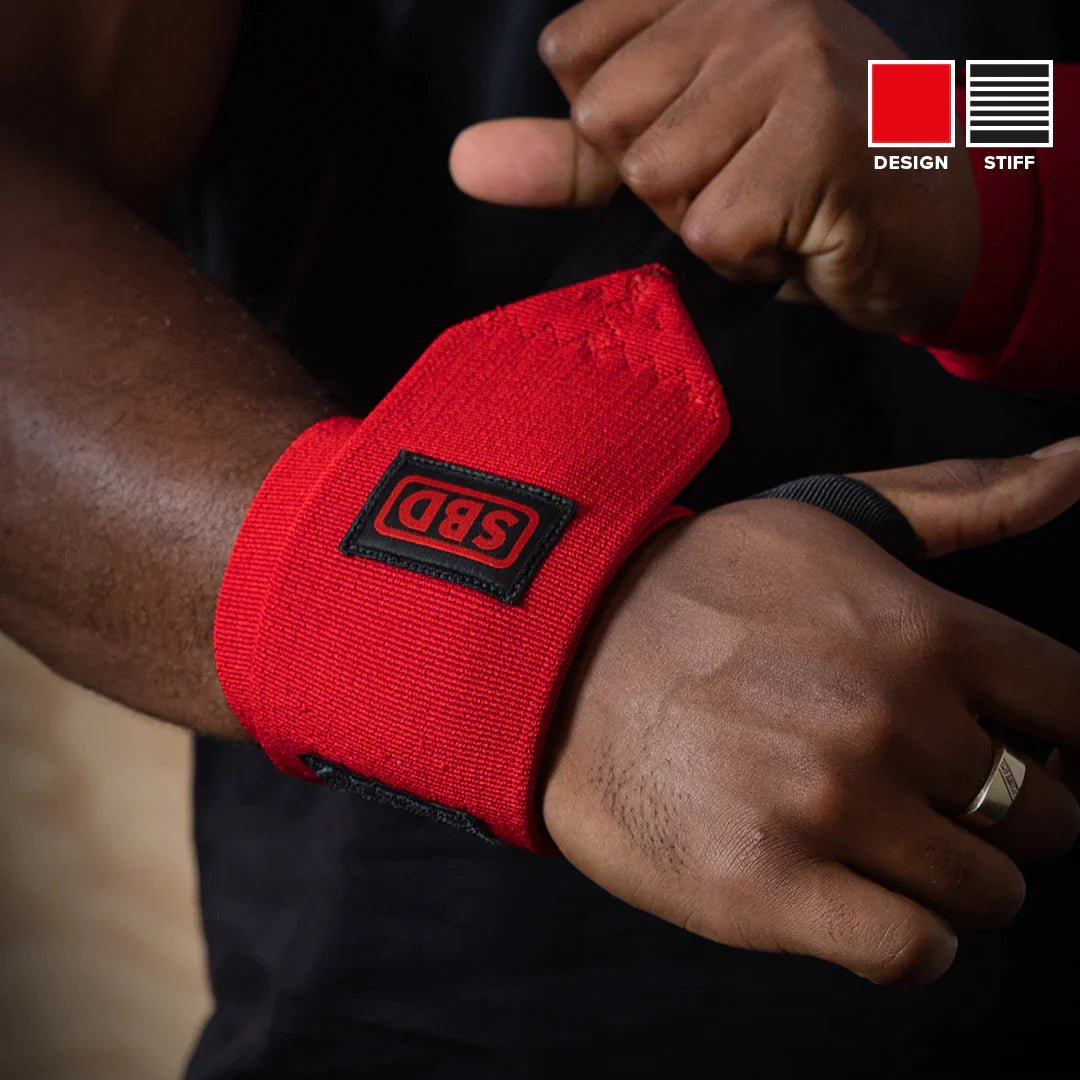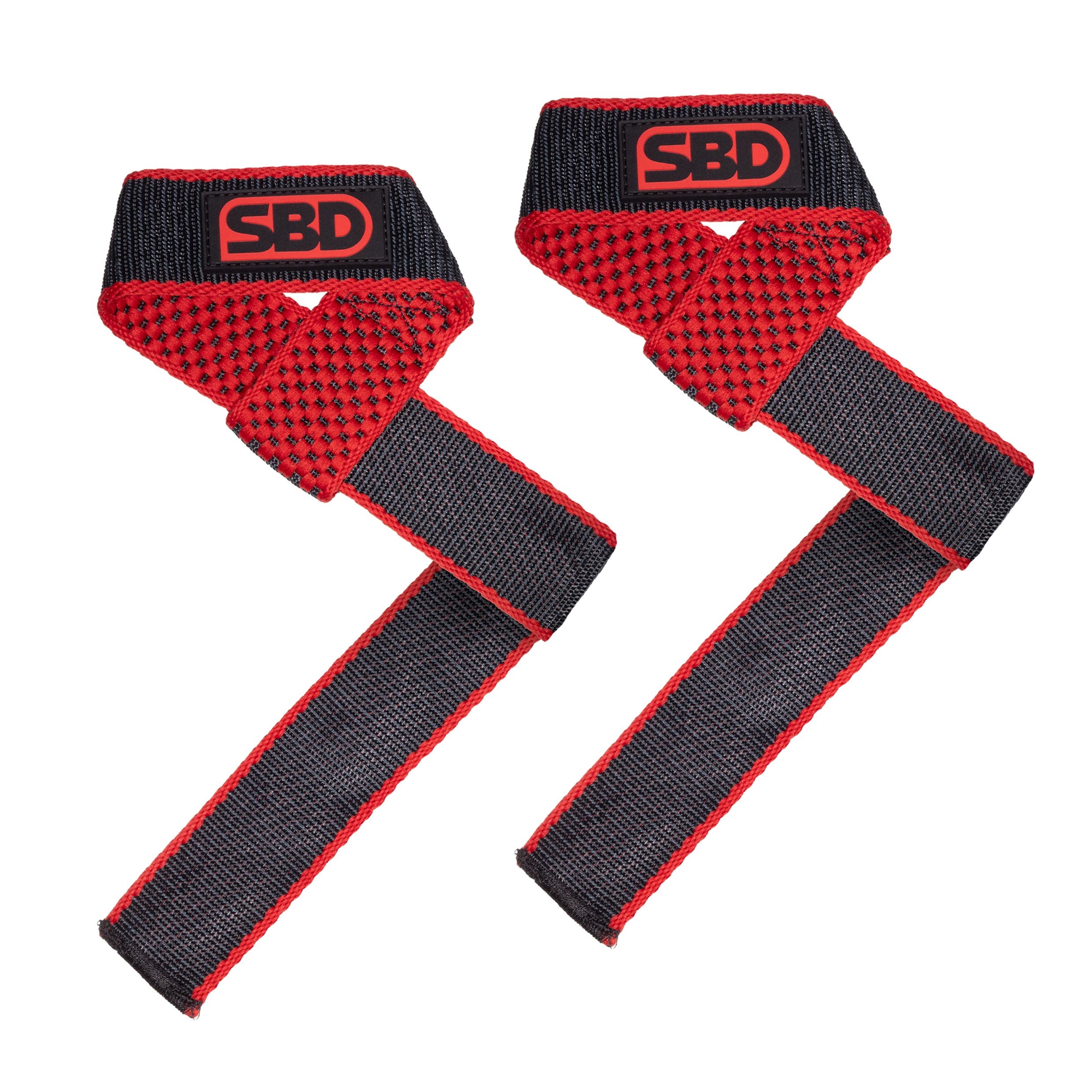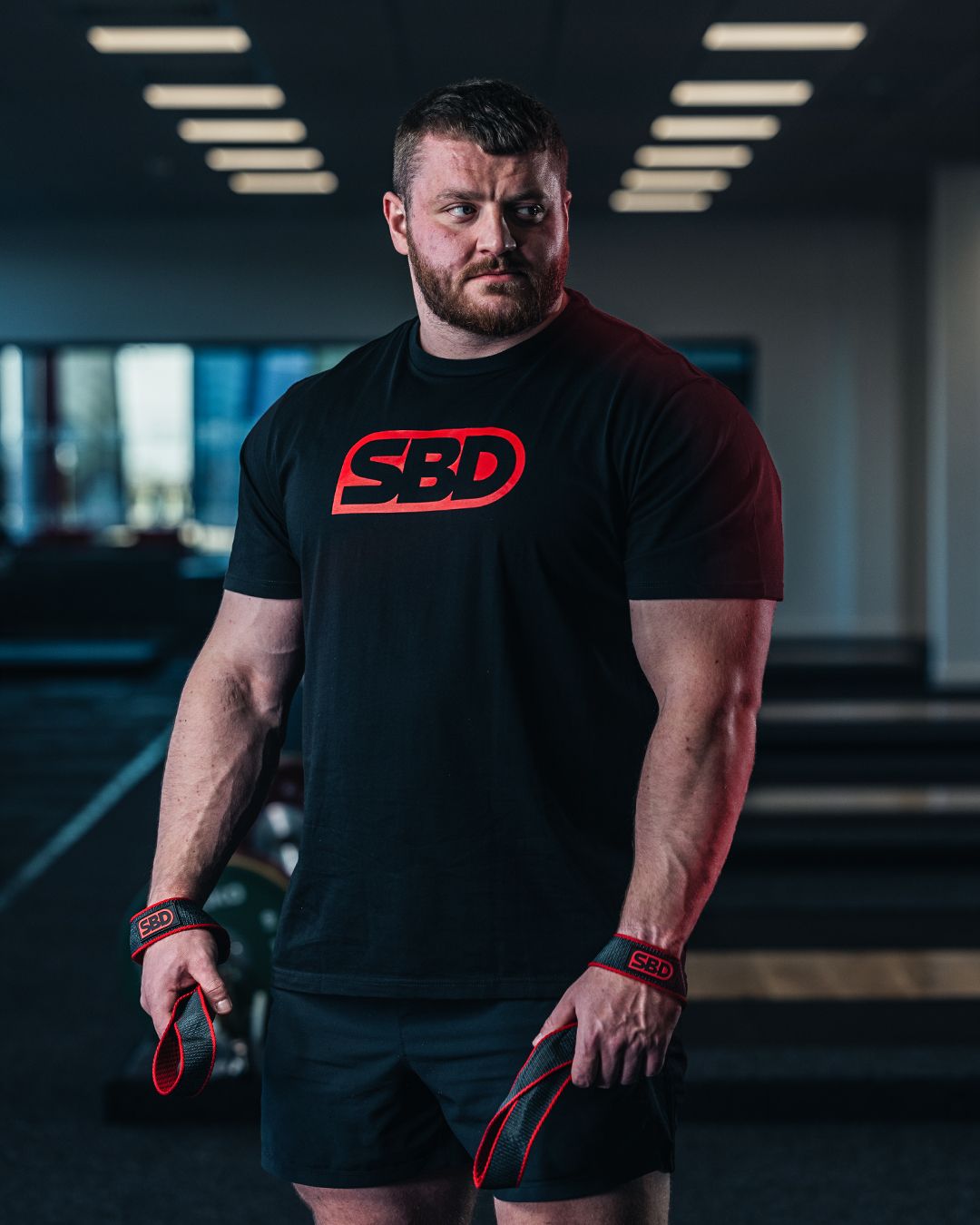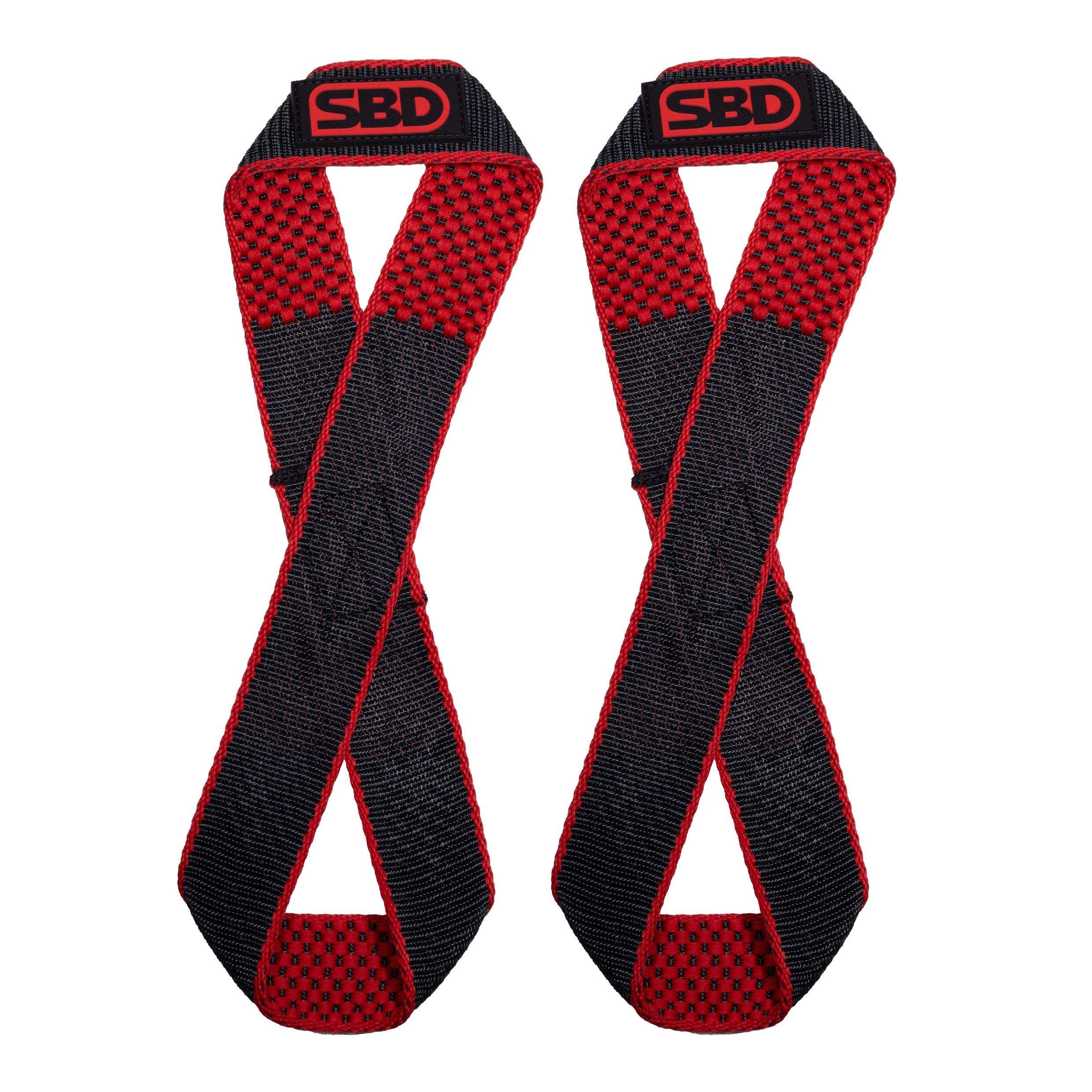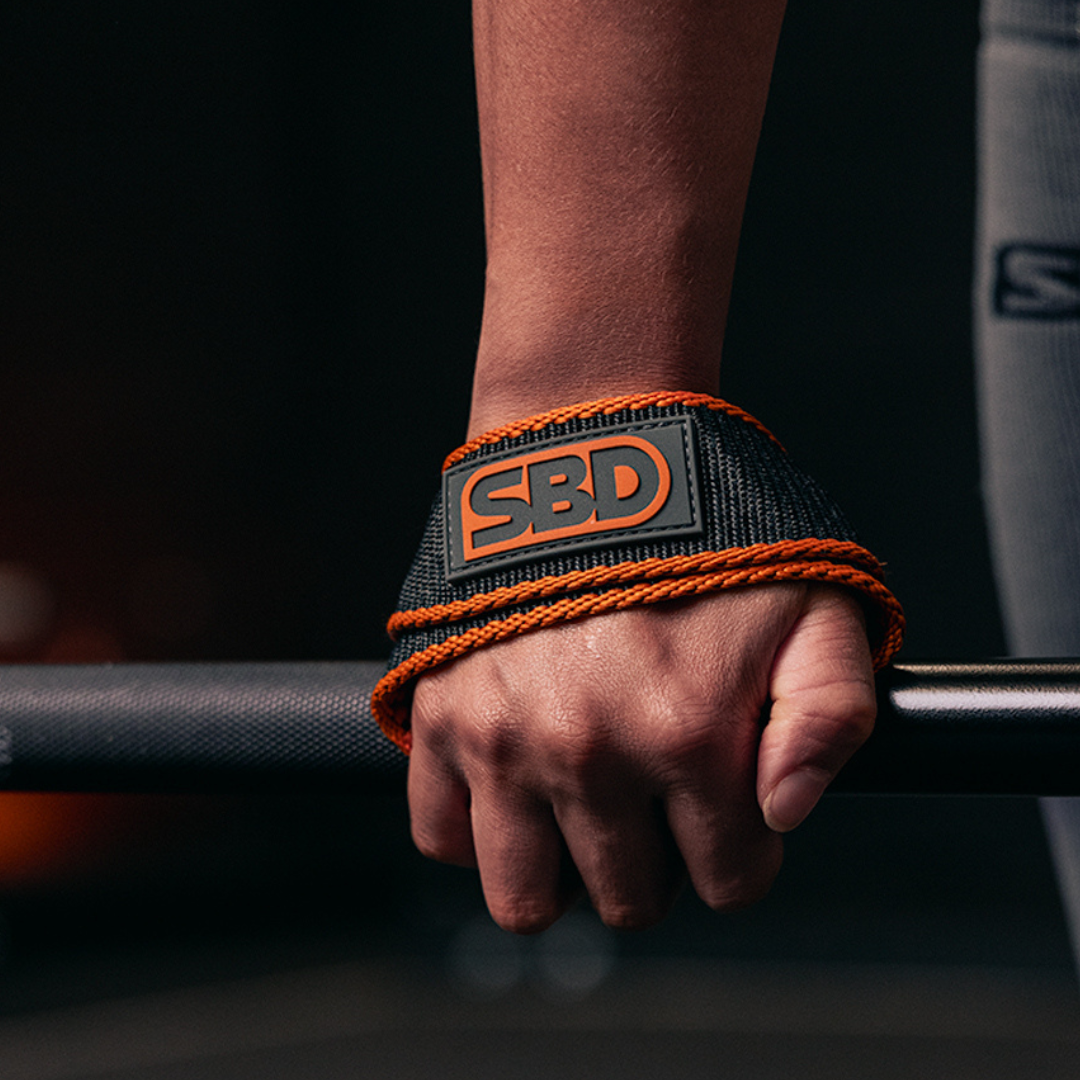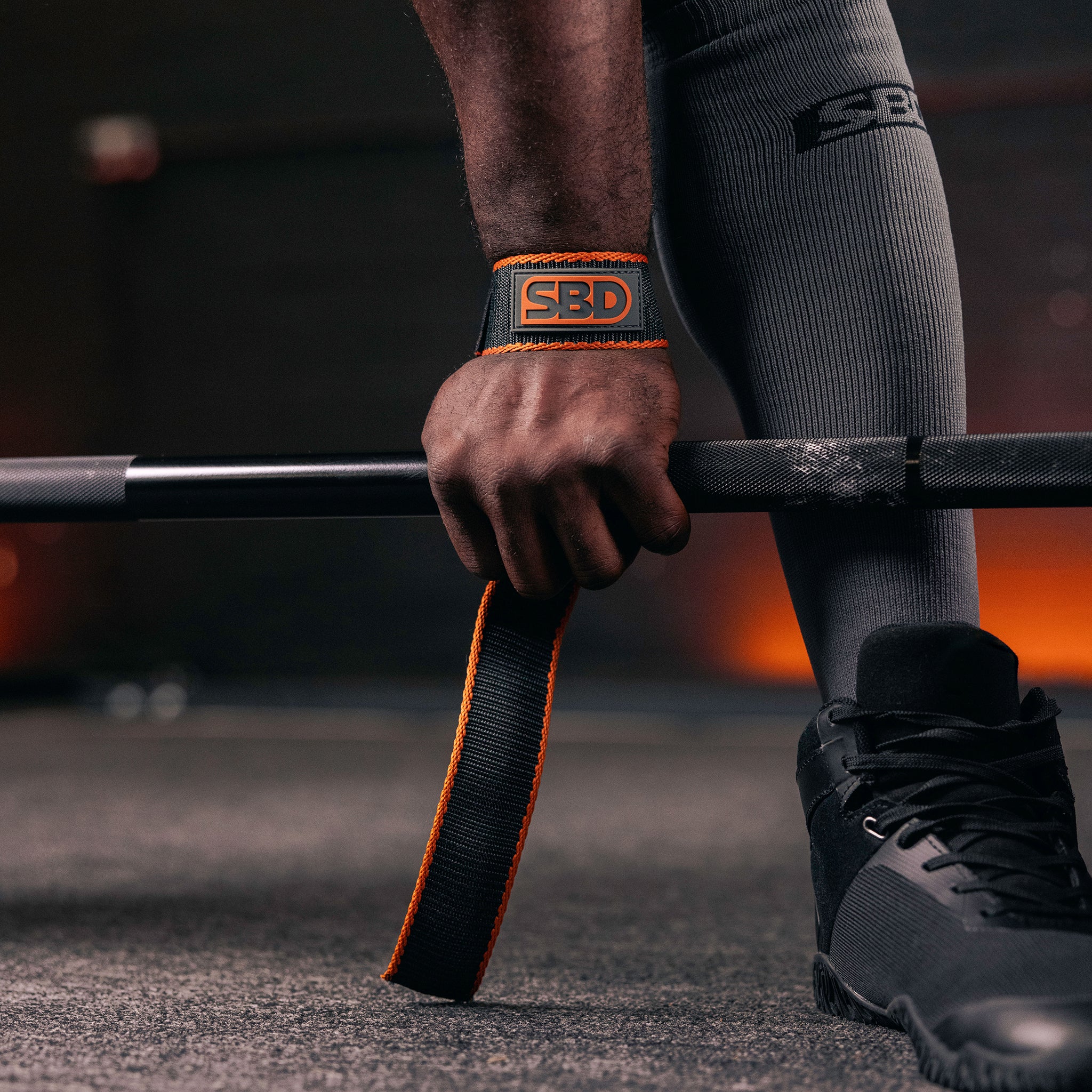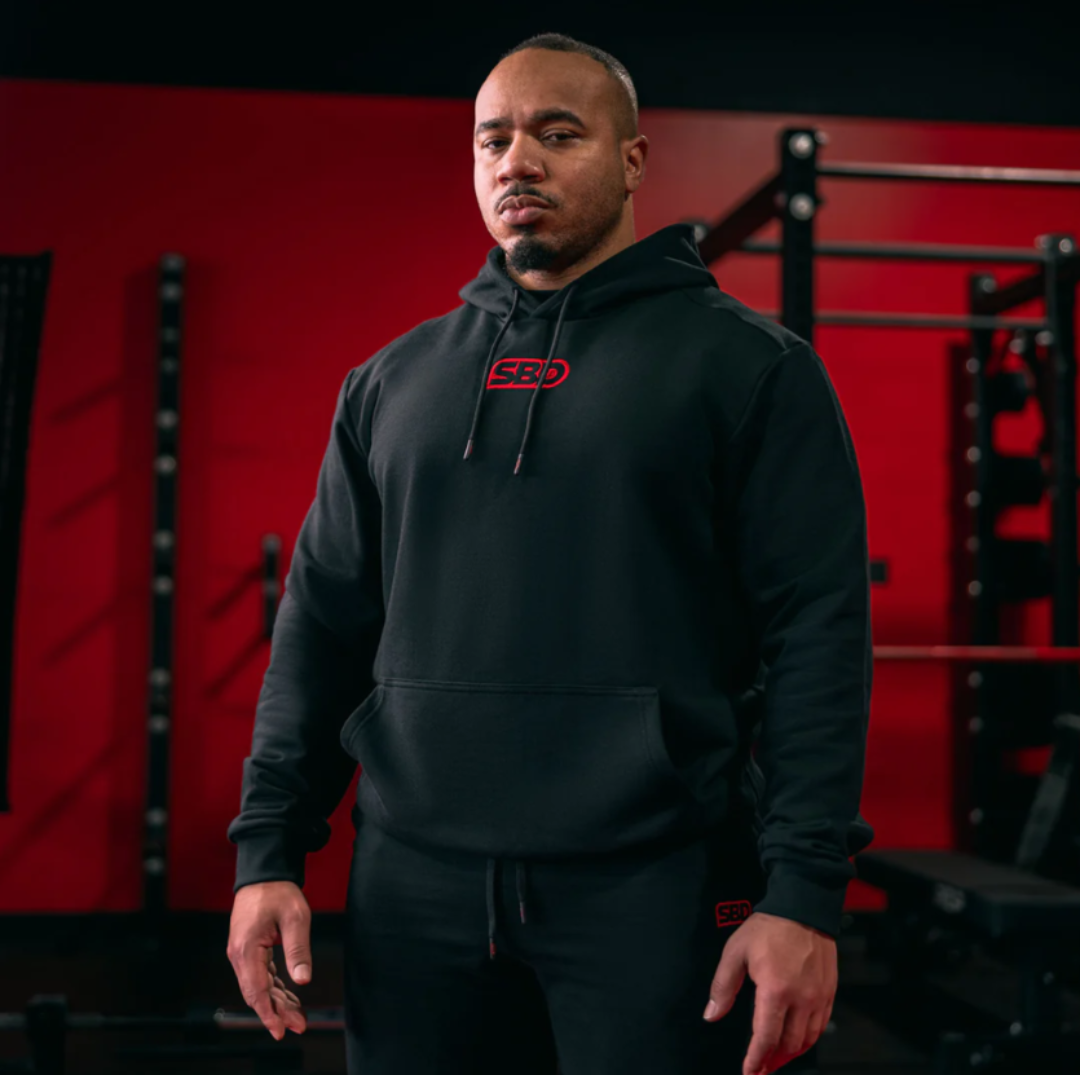Squats are one of the most fundamental strength-training exercises, particularly for athletes aiming to improve their explosive power. When performed with a barbell, they engage multiple muscle groups, enhance neuromuscular efficiency, and build the foundation for greater athletic performance. Whether you're a sprinter, a football player, or a basketball athlete, incorporating squats into your training can make a significant difference in your power output.
Why Squatting with a Bar is Essential for Explosiveness
Muscle Activation and Strength Development
Squats activate key muscle groups such as the quadriceps, hamstrings, glutes, and lower back. The engagement of these muscles helps generate the force necessary for explosive movements like jumping and sprinting.
Fast-Twitch Muscle Fibre Recruitment
Heavy squats target Type II (fast-twitch) muscle fibres, which are responsible for rapid and powerful movements. Training these fibres through squats enhances an athlete's ability to accelerate quickly and generate force efficiently.
Benefits of Squats for Sports Performance
Enhancing Vertical Jump
Many sports, including basketball and volleyball, require a strong vertical jump. Squats develop lower-body strength and power, directly contributing to better jumping ability.
Boosting Sprint Speed
Speed is crucial in various sports. Squatting strengthens the posterior chain, including the hamstrings and glutes, which are essential for powerful sprinting strides.
Improving Acceleration and Deceleration
Athletes need to start and stop rapidly. Squats improve eccentric control and strength, aiding in smoother transitions between acceleration and deceleration.
Increasing Power in Contact Sports
For rugby, American football, and wrestling, squats enhance an athlete’s ability to absorb and deliver force effectively, making them stronger in physical confrontations.
Squat Variations to Maximise Explosiveness
Back Squat: The Foundation of Strength
The traditional back squat is the gold standard for developing overall lower-body strength and power.
Front Squat: Core and Postural Benefits
By shifting the weight forward, front squats place greater emphasis on the quadriceps and core stability.
Box Squats: Building Explosive Strength
Box squats teach athletes to generate power from a static position, improving explosive starts.
Pause Squats: Enhancing Rate of Force Development
Holding the squat position for a few seconds before driving up builds power and increases muscle activation.
Proper Squat Technique for Maximum Gains
Bar Positioning and Grip
A proper grip and bar placement (high bar vs low bar) influence muscle activation and overall performance.
Depth and Range of Motion
Squatting to at least parallel ensures maximum muscle recruitment and joint stability.
Common Mistakes to Avoid
Avoiding knee cave, excessive forward lean, and poor bracing techniques can prevent injuries and optimise gains.
Programming Squats for Explosive Power
Optimal Sets, Reps, and Intensity
For power, athletes should focus on 3-5 sets of 3-5 reps at 85-90% of their one-rep max.
Progressive Overload Strategies
Gradually increasing weight while maintaining form is crucial for continued strength development.
Plyometrics and Squats: A Winning Combination
Pairing squats with plyometric exercises, such as box jumps, can maximise explosive gains.
Recovery and Injury Prevention
Importance of Mobility and Stretching
Flexibility and mobility work help prevent injuries and enhance squat depth.
Managing Fatigue and Overtraining Risks
Ensuring adequate rest and using periodisation in training prevent overuse injuries and stagnation.
FAQs About Squats and Explosive Power
How often should athletes squat for power?
Most athletes benefit from squatting 2-3 times per week, incorporating both heavy and speed-focused sessions.
What is the best squat variation for sprinters?
Front squats and box squats are particularly effective for sprinters due to their emphasis on explosive movement.
Should athletes use high or low reps for explosive strength?
Low-rep, high-intensity training (3-5 reps per set) is most effective for developing power.
Can squats improve agility and quickness?
Yes, stronger legs contribute to better stability, control, and rapid directional changes.
What role does squat depth play in power development?
Deep squats activate more muscle fibres, leading to greater strength and power gains.
Is it necessary to lift heavy to gain explosiveness?
While heavy lifting is beneficial, incorporating speed-focused squats at moderate loads can also enhance power.
Conclusion: The Power of Squats in Sports
Squatting with a barbell is an indispensable tool for athletes looking to improve their explosive power. By implementing proper squat techniques, incorporating variations, and following an optimised training programme, athletes can significantly enhance their performance in any sport requiring strength, speed, and power.





